An outdoors adventure in Chino
Chino is a city in the south of Nagano Prefecture. This beautiful city has lots to offer visitors all year, be it outdoor activities like hiking, driving and snow sports, or cultural and historical places of interest. It is not that common to find such a wide range of activities to see and do all in one small city! One of the interesting things to know about Chino is its elevation; the city center stands at around 800 meters above sea level and from there extends to over 2000 meters in the surrounding mountains. This is definitely one of the places to be if you love panoramic views of mountain ranges.
Intrigued by this city that is only two hours by train from Tokyo, I went on a three-day trip to check out a number of interesting spots. You'd think that three days is a long time to spend in a small city, but I thought that it was a great trip to really unwind and take things slow. However, if you are short on time, it is also possible to pick and match, and create your personalised tour of Chino. For this, I found the Chino Tabi website and phone concierge to be extremely helpful in booking activities and arranging my itinerary in a cohesive manner.
The plan for my three days in Chino was to do about two things a day, which included both indoor and outdoor activities. I participated in some cooking activities, went hiking and cycling in the mountains, visited a shrine and had my dangerous teahouse obsession sated. I also had the opportunity to stay in two different types of accommodation: a Japanese style ryokan, and a Western style pension.
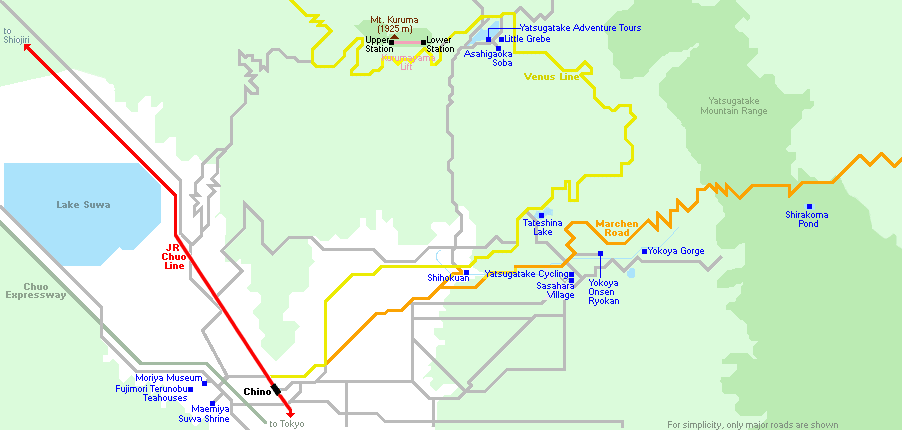
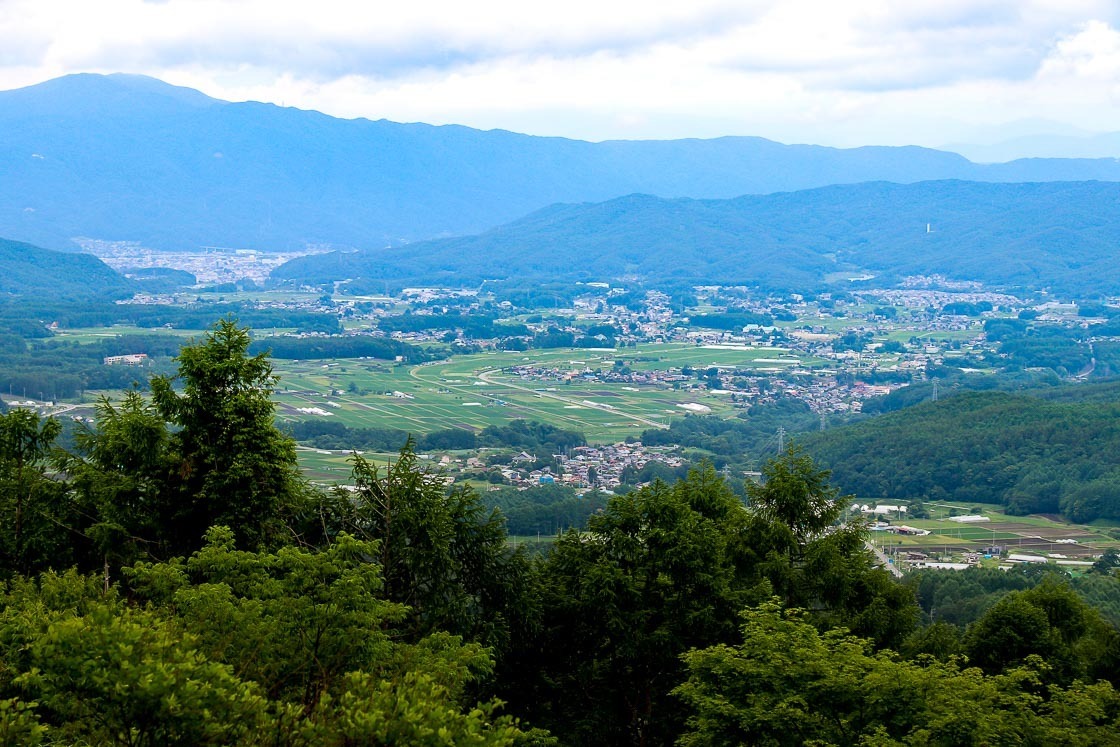
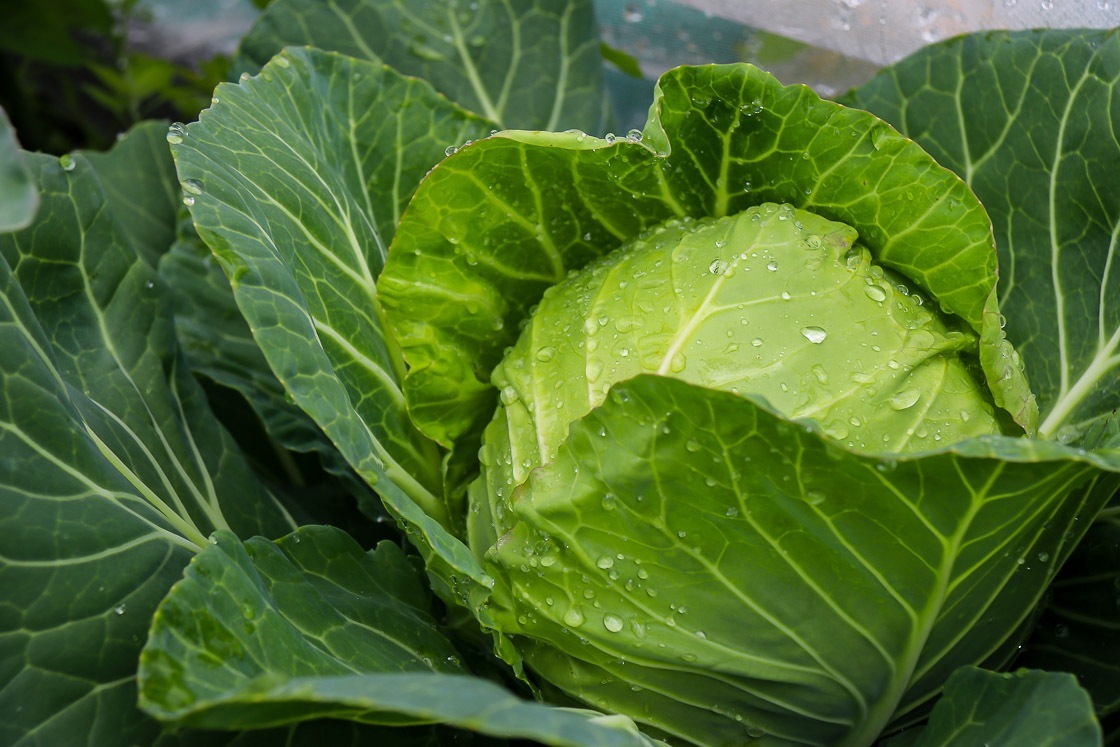

Day 1
The Azusa limited express train brought me from Tokyo to Chino Station where my adventure began. My guide picked me up from there and off we headed to my first stop of the day: cooking with the grannies in Sasahara Village. As a city girl, one of my favourite things from this cooking experience was actually picking vegetables from the vegetable garden and getting updated on the village news before the cooking session began.
The grandmas in charge of the session explained the plan for lunch. We were to use the freshly picked vegetables and other local ingredients like kanten (a type of gelatin made from seaweed) to create some magic in the kitchen. Lunch was a simple affair of the dishes we whipped up in no time, and I think I found some new favourites that day.
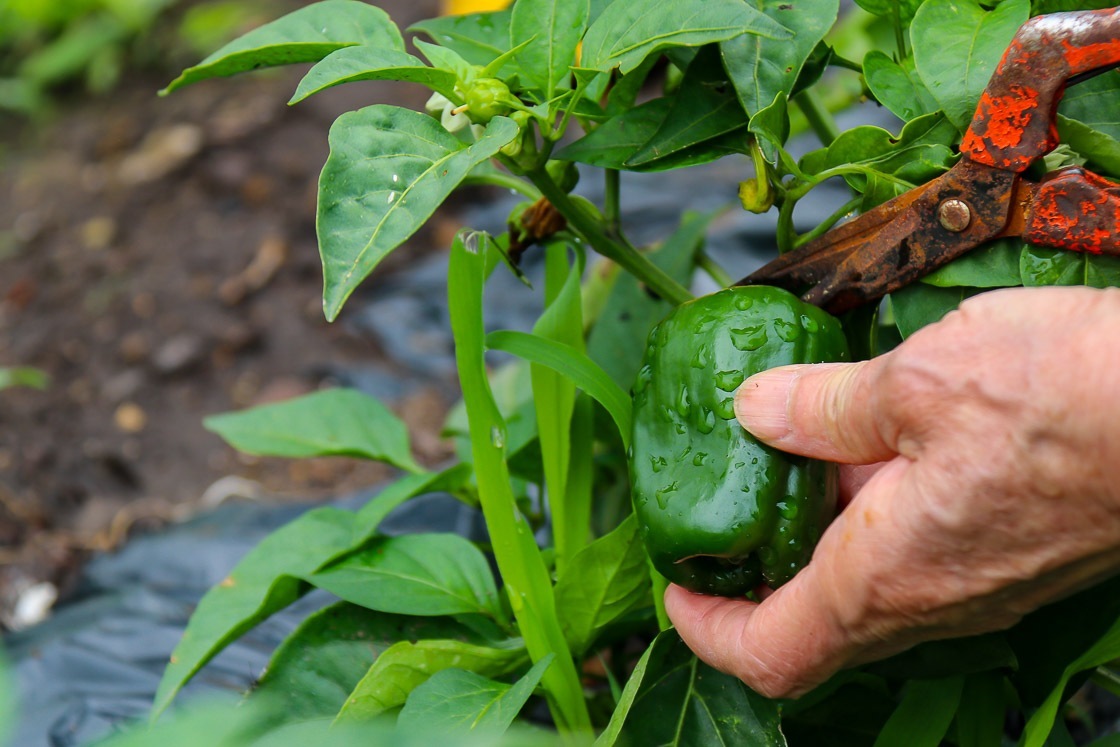
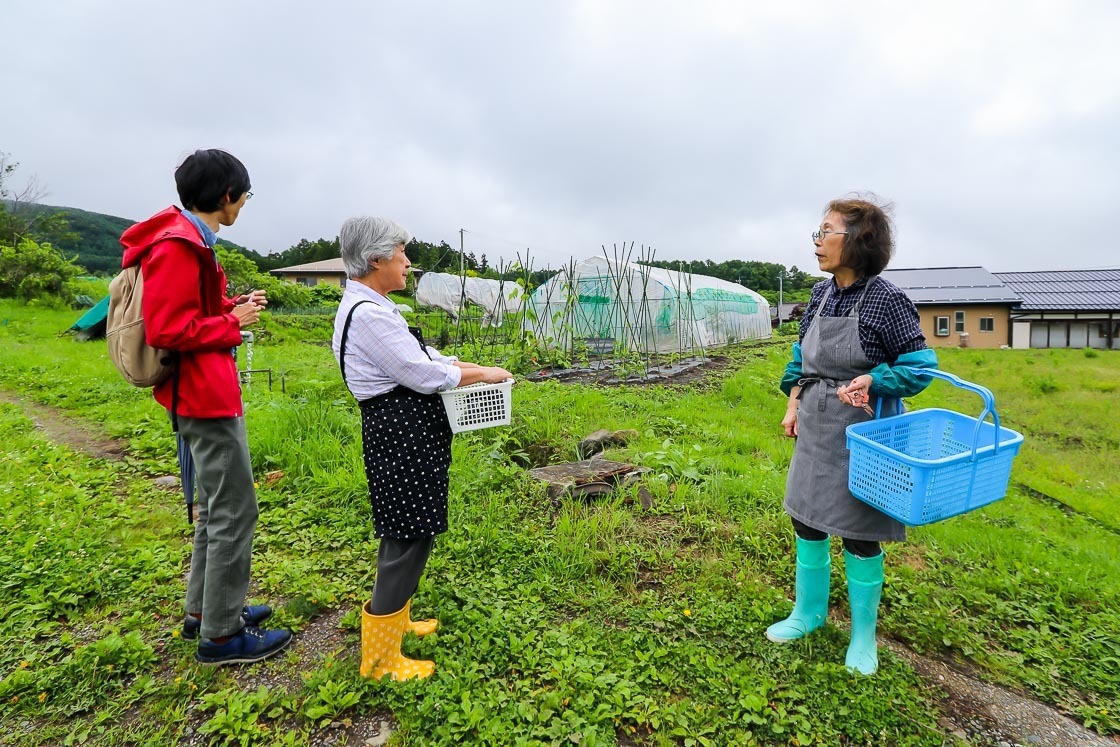
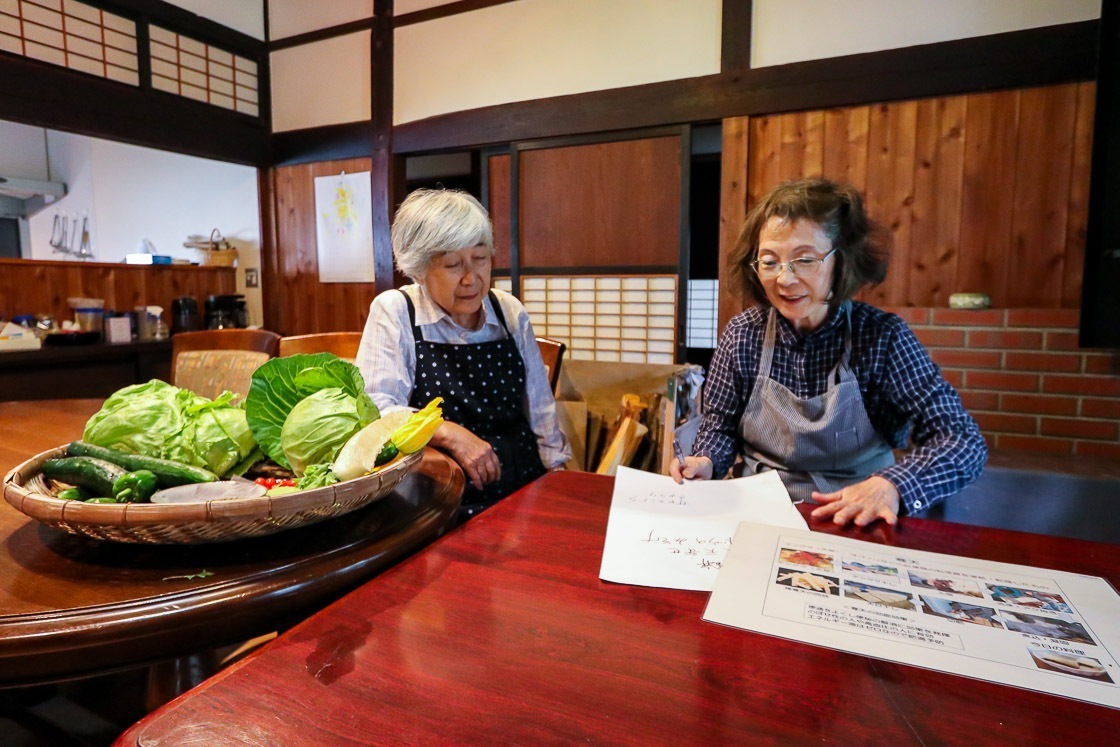
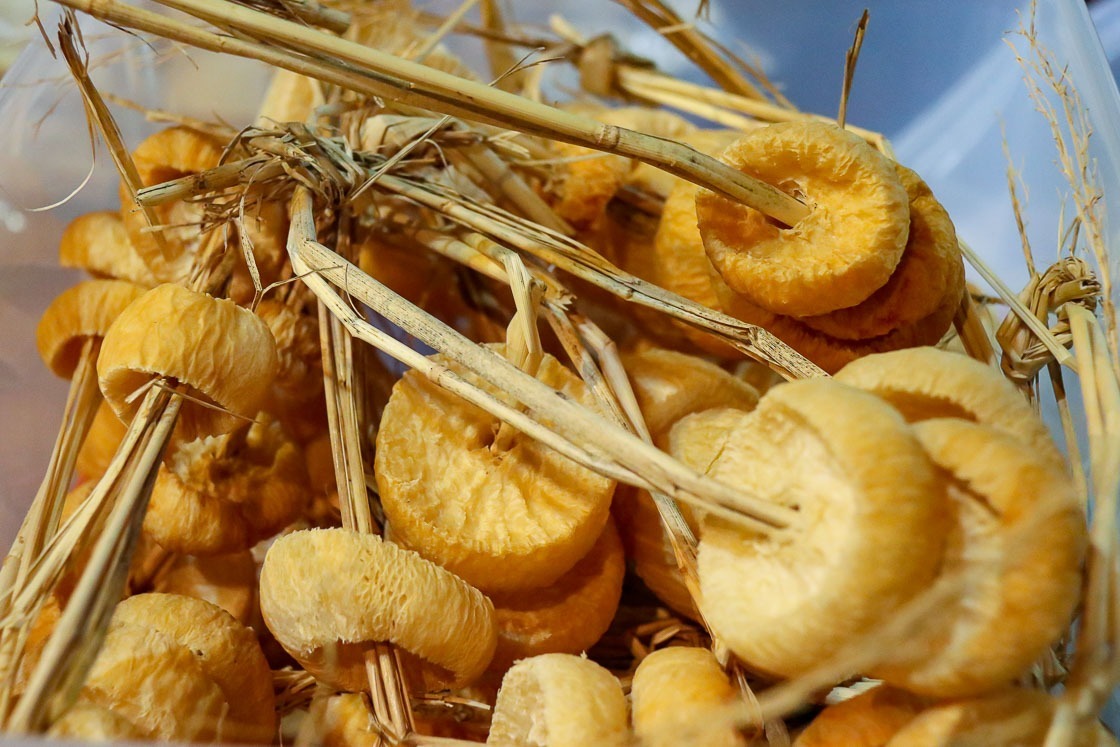
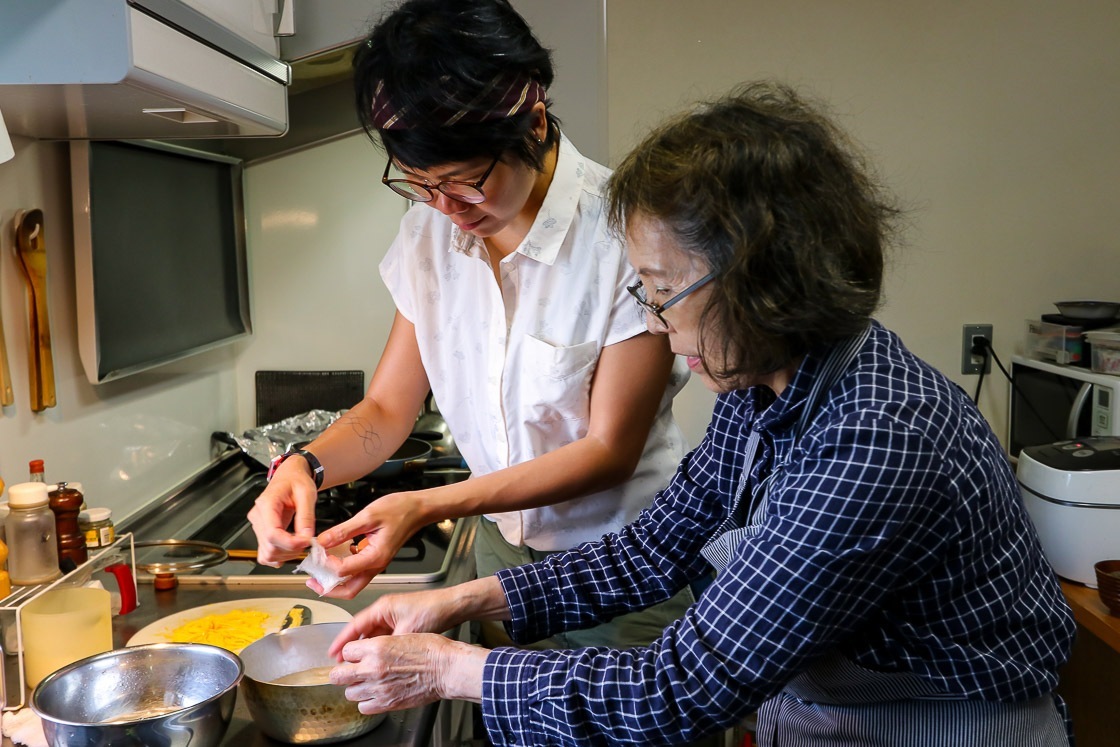
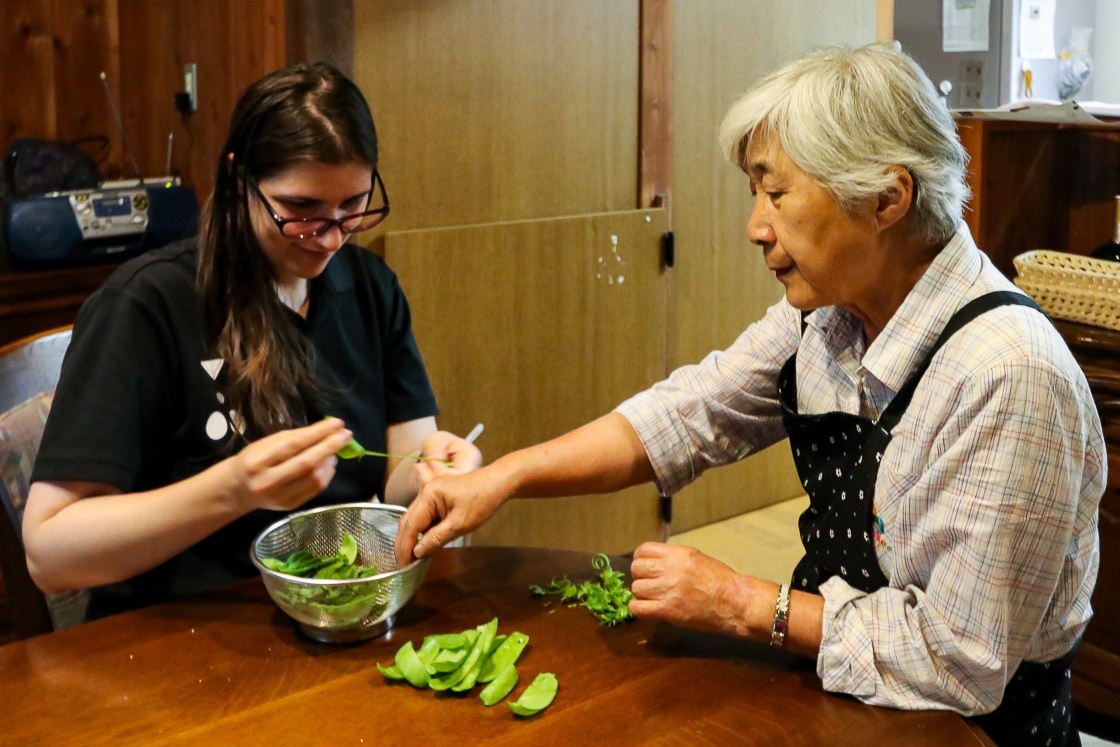
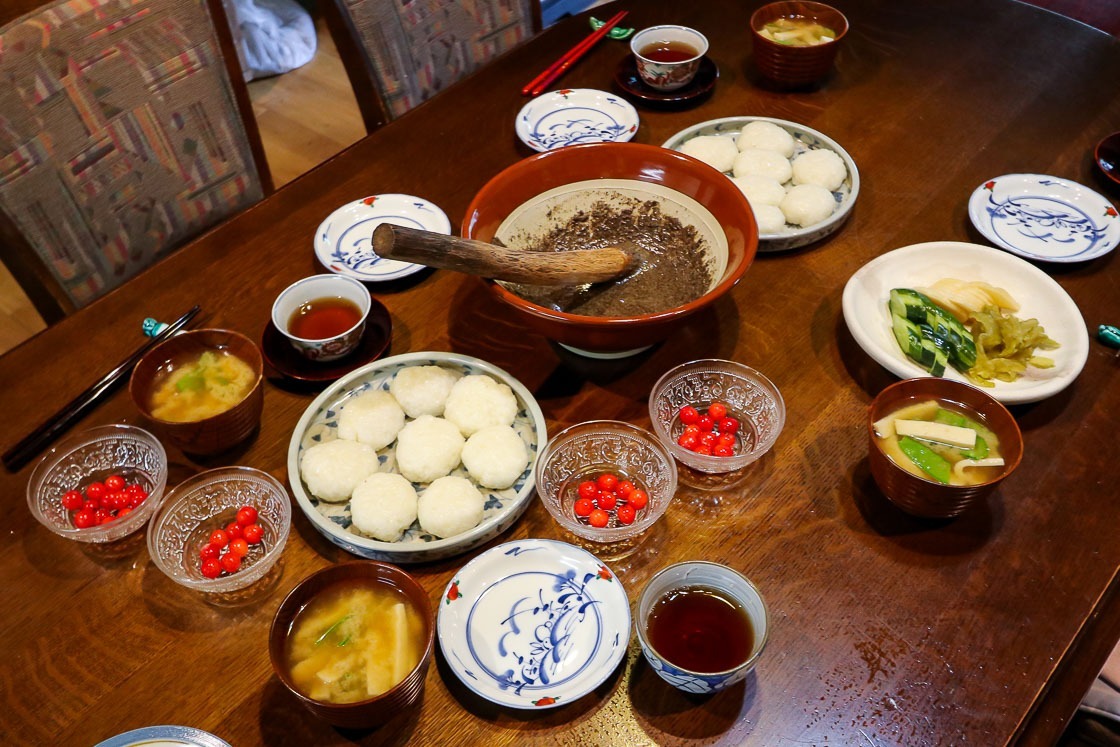
The quaint village has about 100 houses, and a guided village walk would reveal some interesting facts particular to the area. I went for a short stroll in the village and learnt about the unique features of the houses there. Along with expert commentary about the design and architecture of the village homes, the guided walk also allowed for the opportunity to enter some storehouses and homes, which felt like a special bonus. Before I knew it, my walk in Sasahara Village was over, and it was time to head on out and to higher grounds.
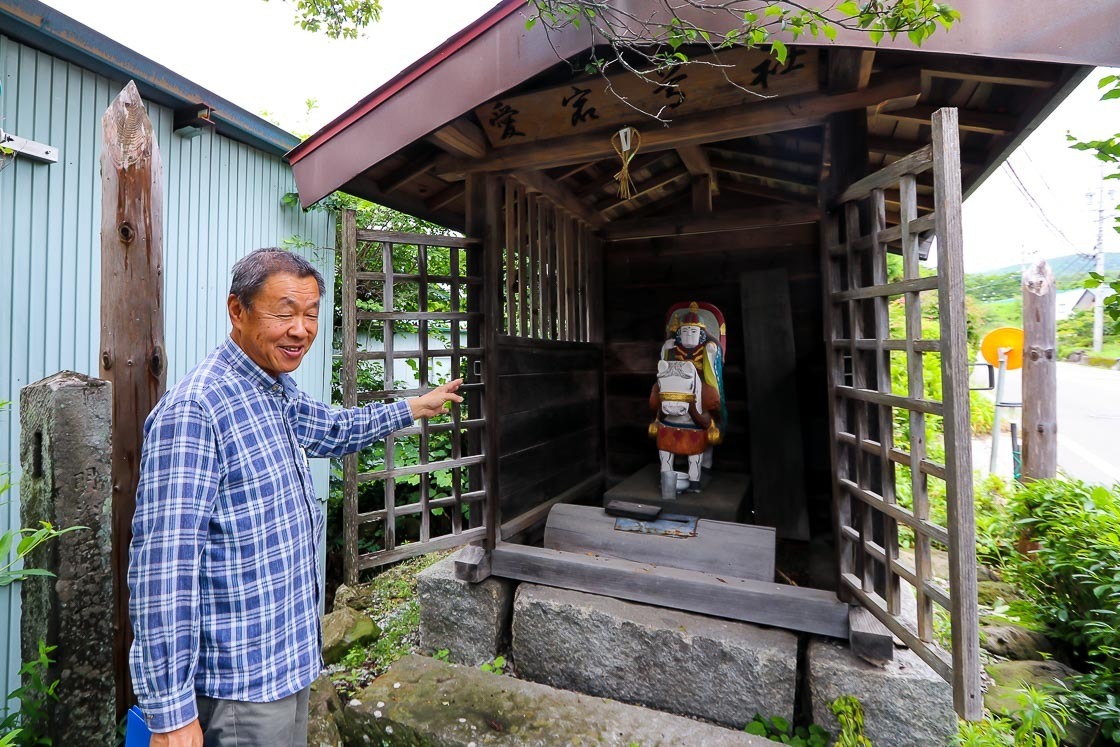
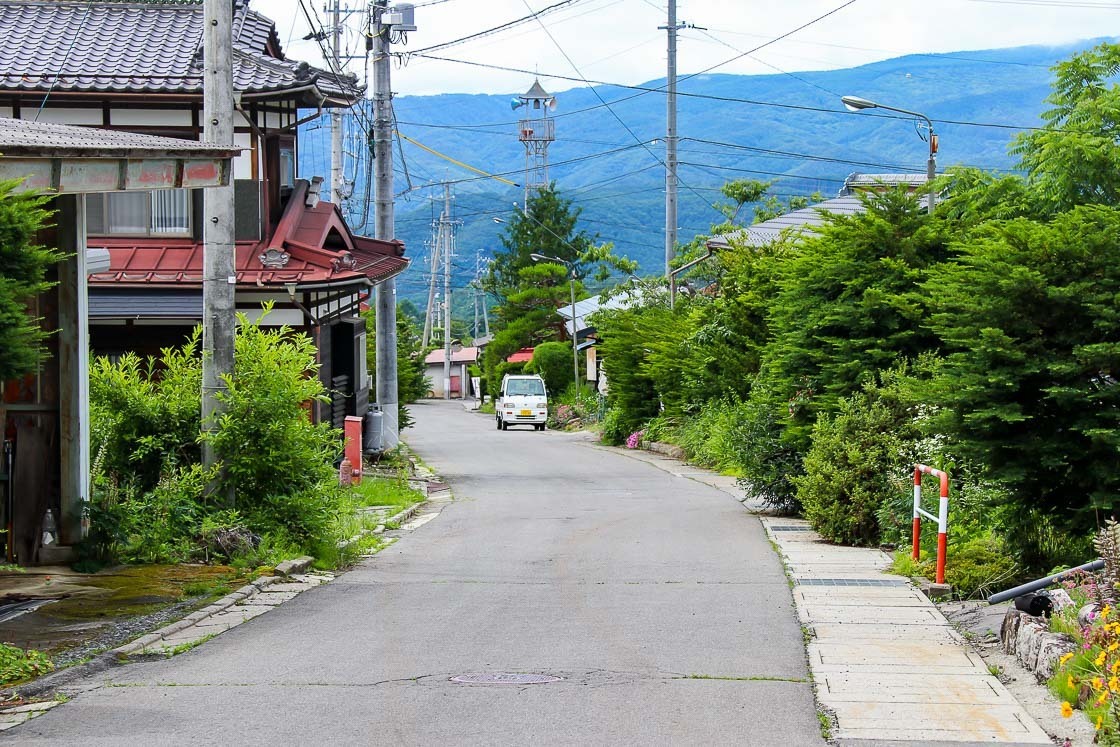
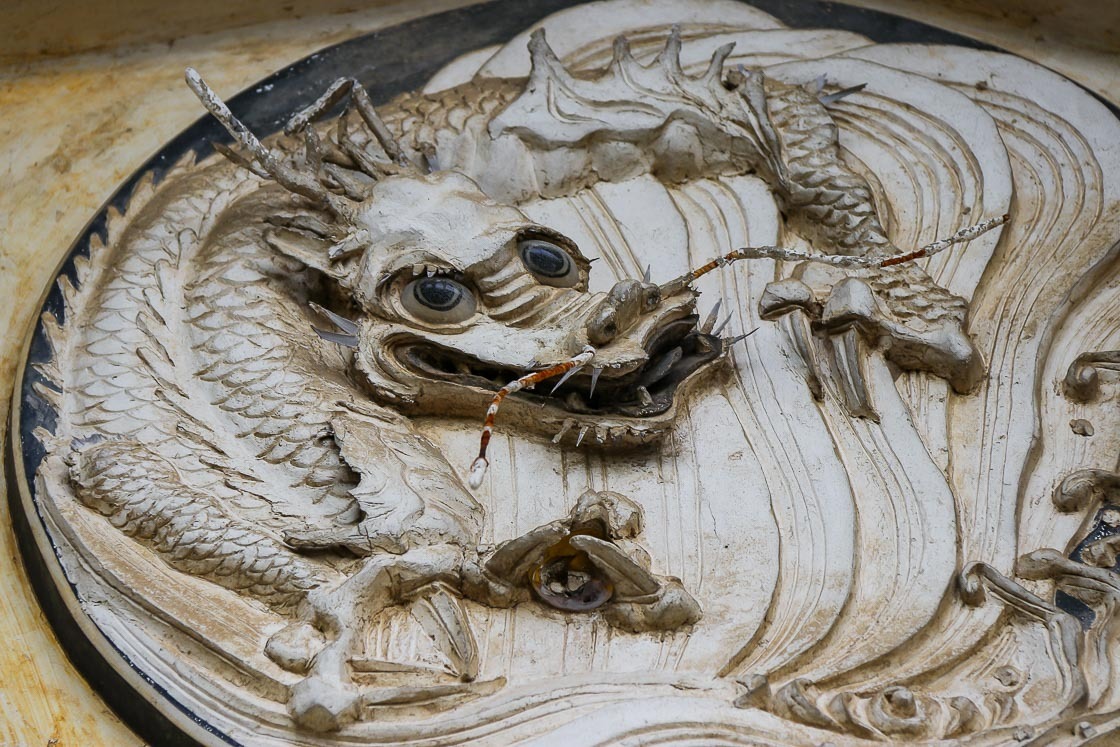
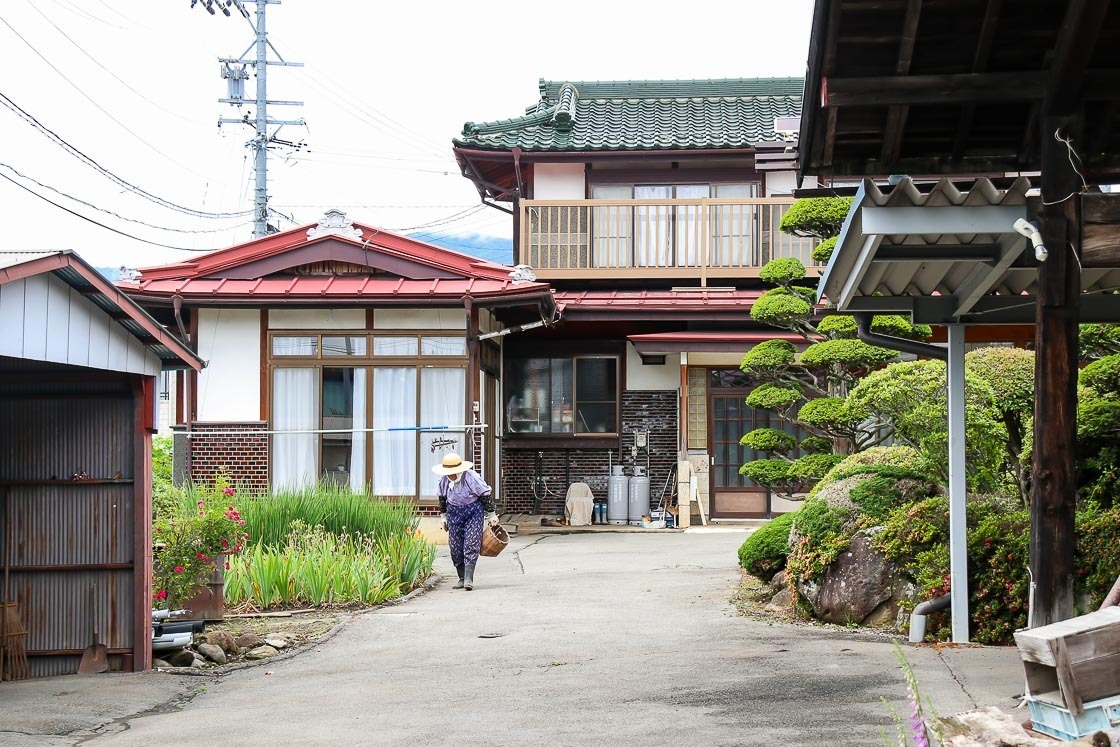
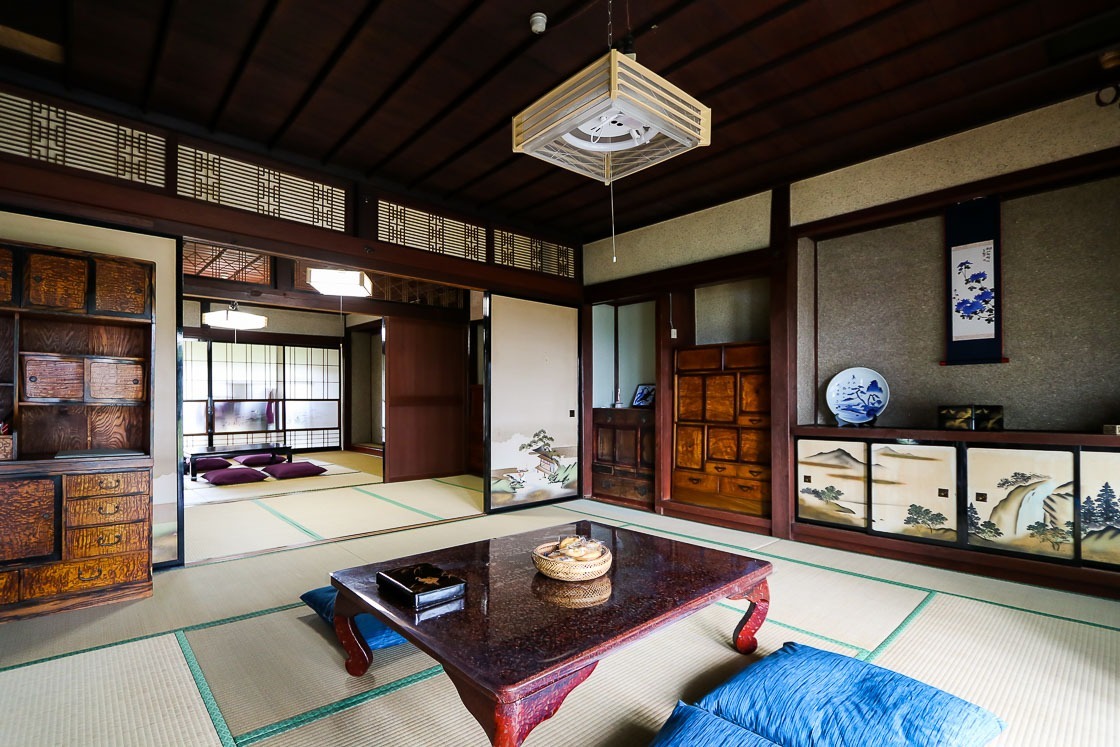
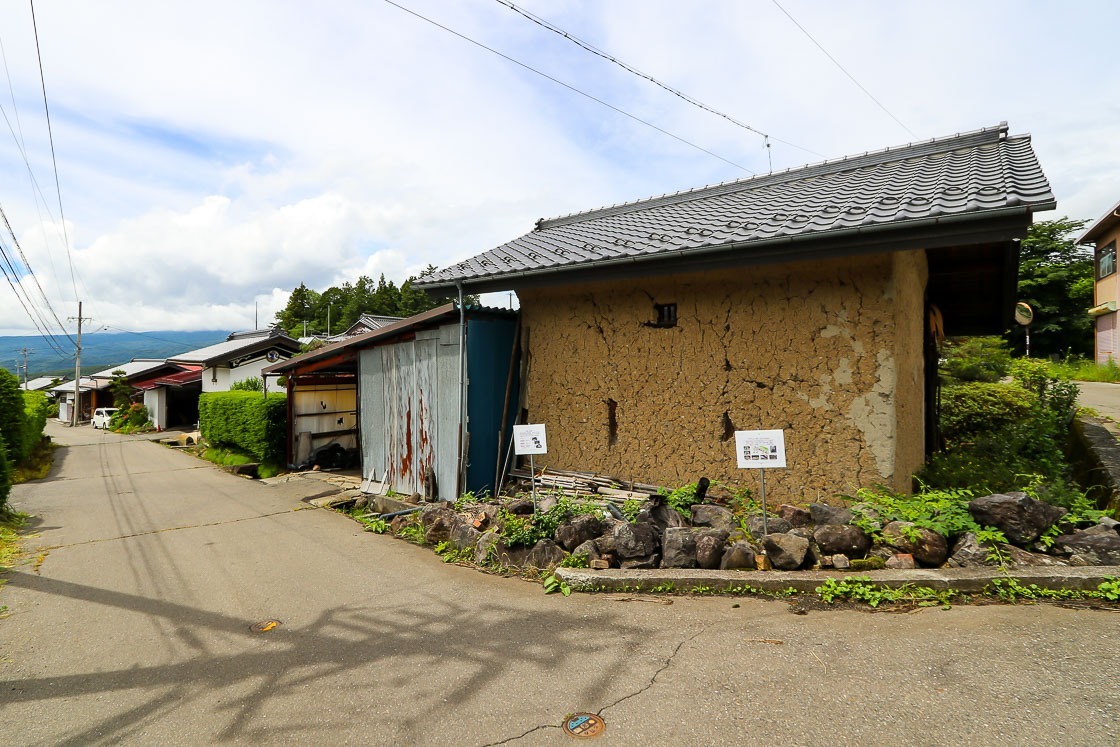
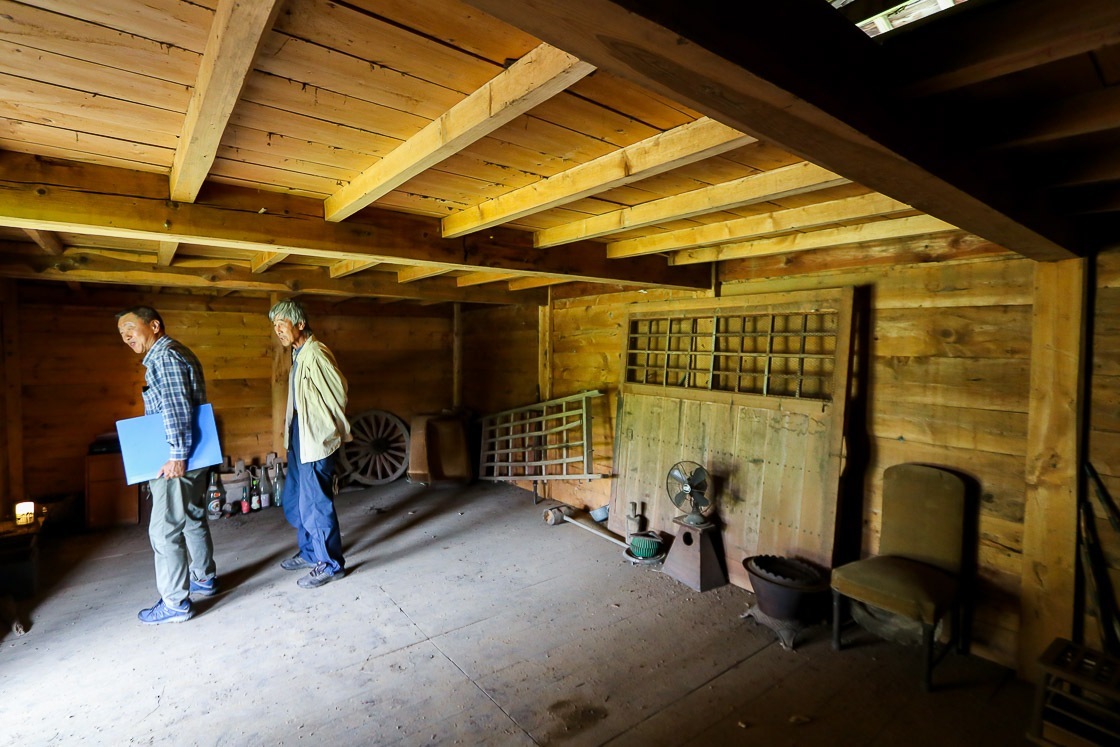


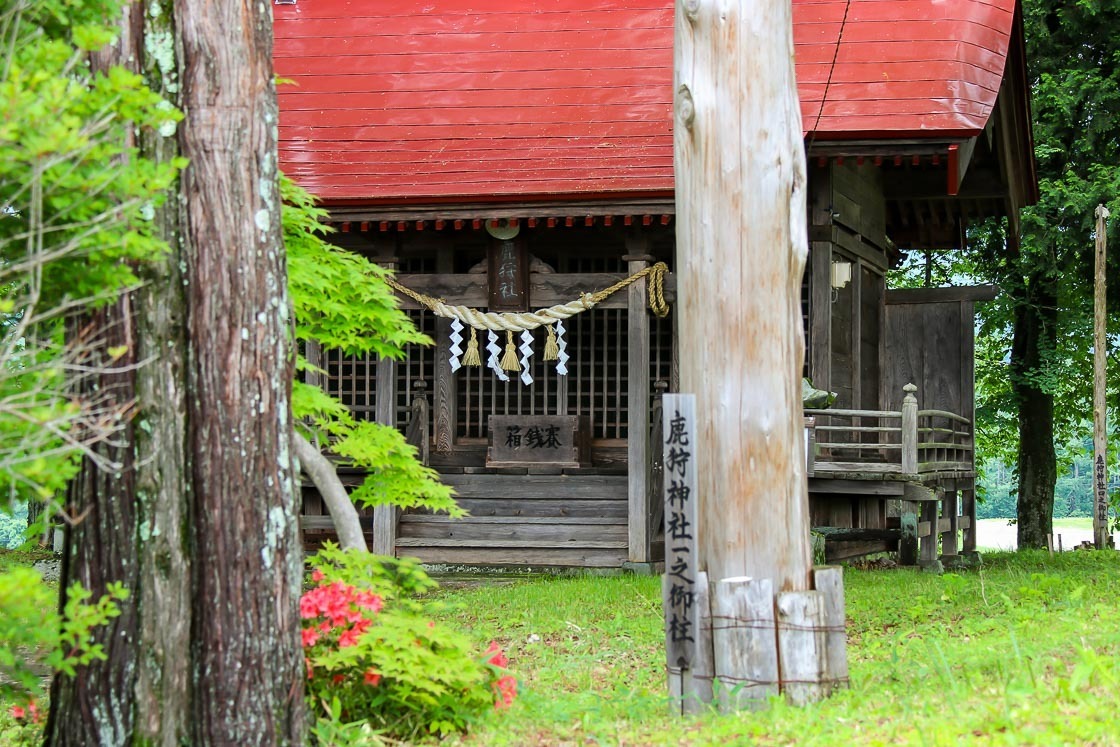
Cycling was next on the itinerary, and it was a perfect activity after that delicious homecooked meal. I went with Yatsugatake Cycling, one of the main cycling tour companies in the area. Rental bicycles as well as a wide variety of cycling tours are available here.
I went for a half-day tour, and my guide brought me up to Lake Tateshina at about 1250 meters. While that sounds really impressive, I only gained about 100 meters in elevation as the ride started from the Yatsugatake Cycling shop which sits at 1150 meters. The ride itself was beautiful as it led through rice fields and paved roads in the woods. We did a loop around the lake and went back to the shop via a scenic route.
Back at the shop, I learned that the company also offers winter cycling which piqued my interest. If like me, you've never done winter cycling in the snow, this would be a unique experience and an opportunity to try it.
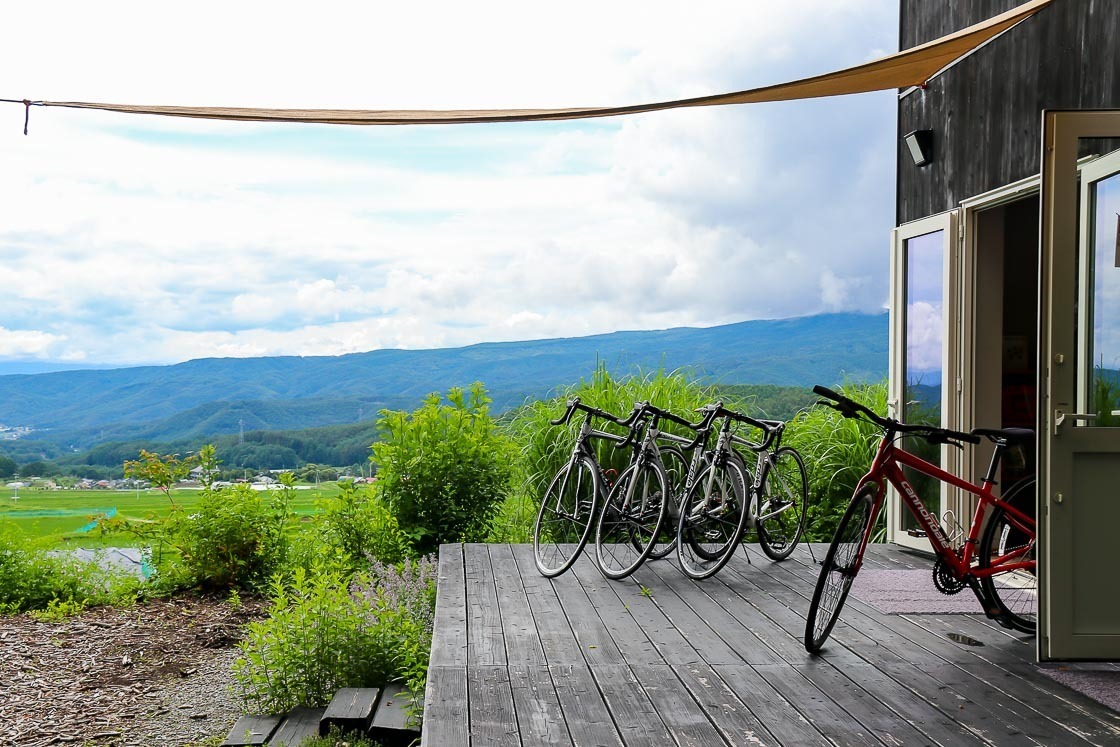

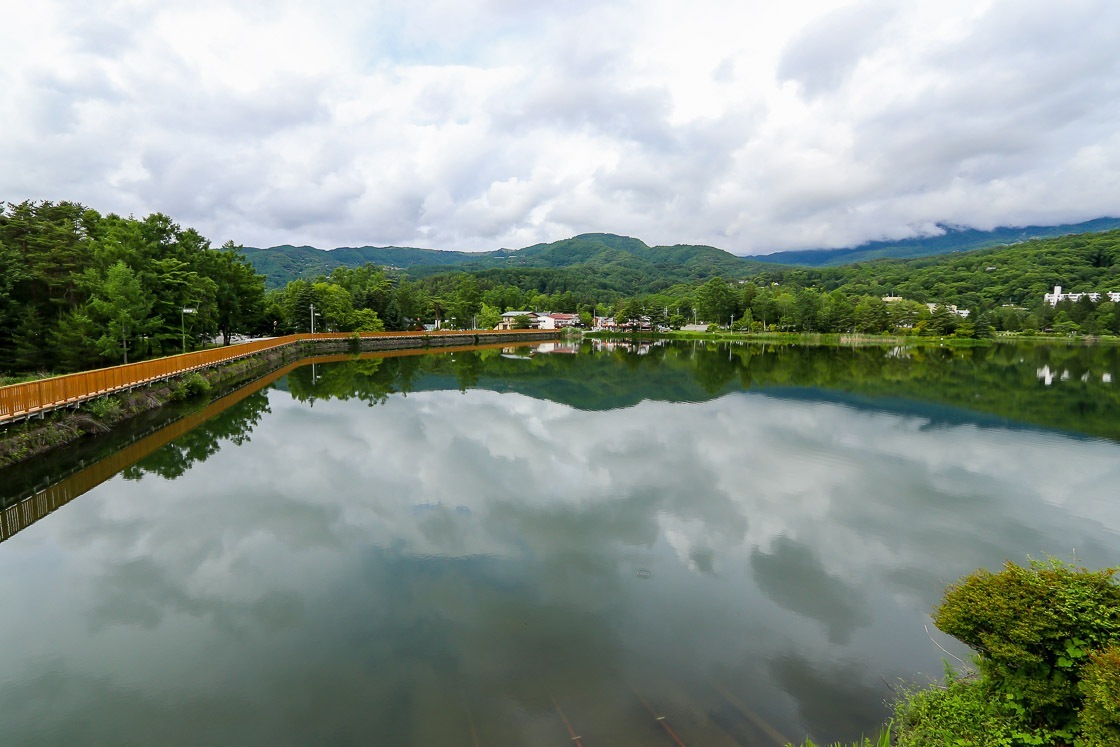
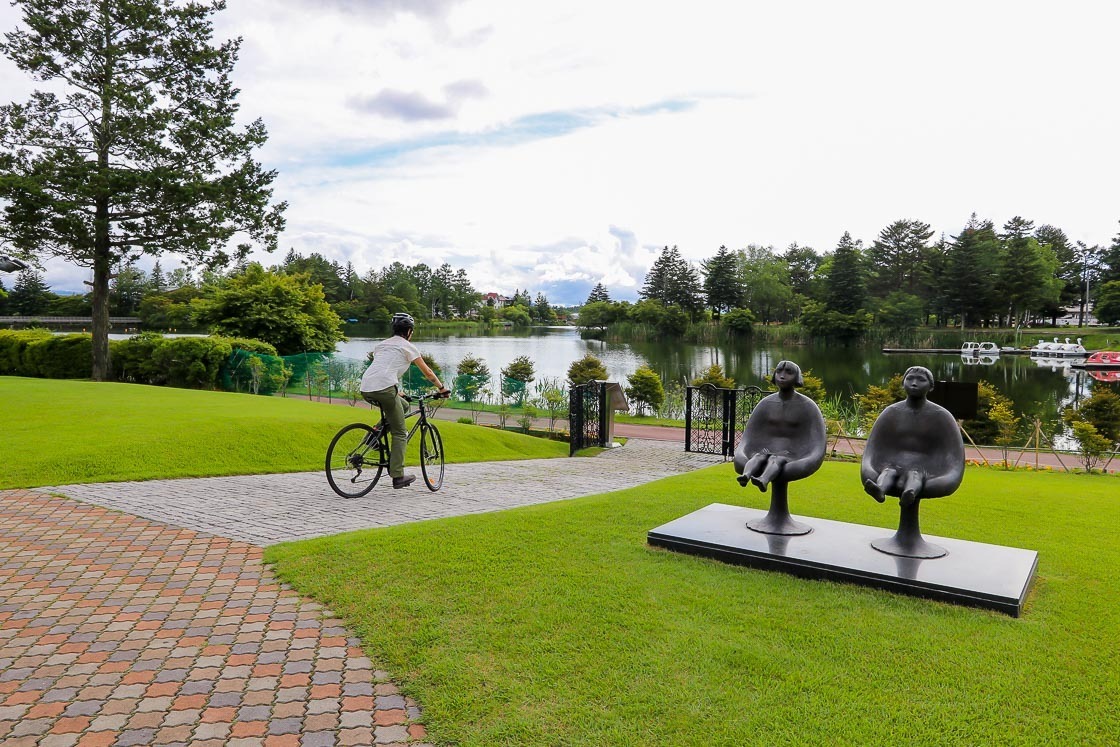
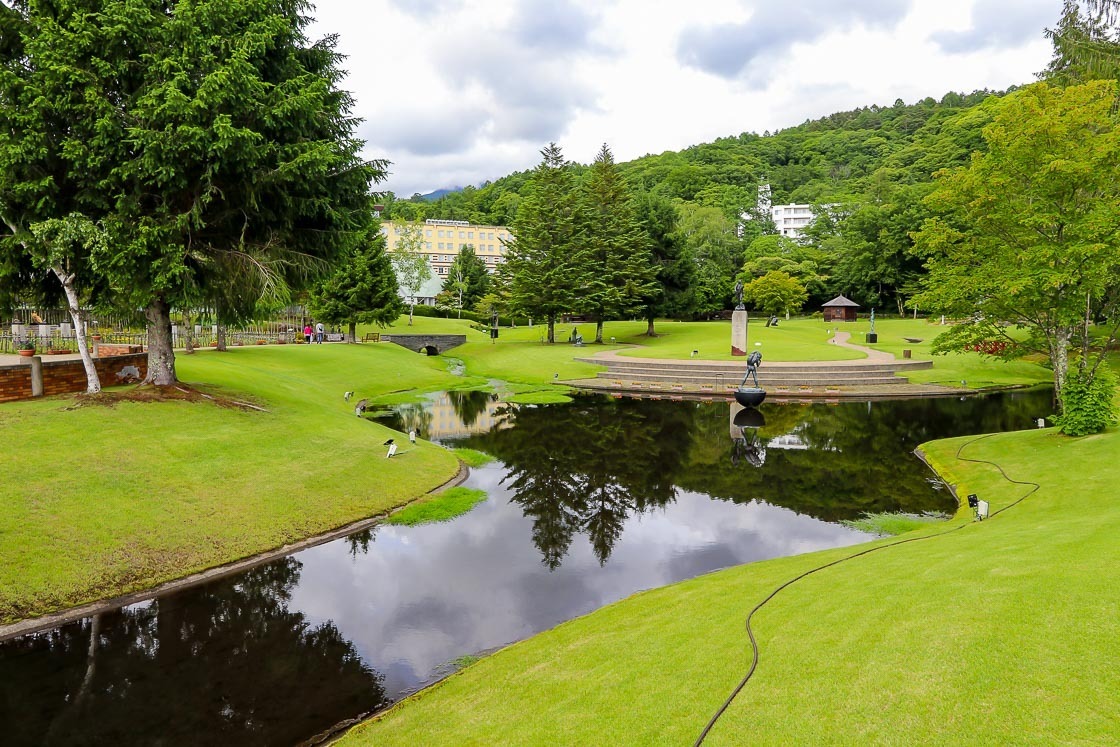
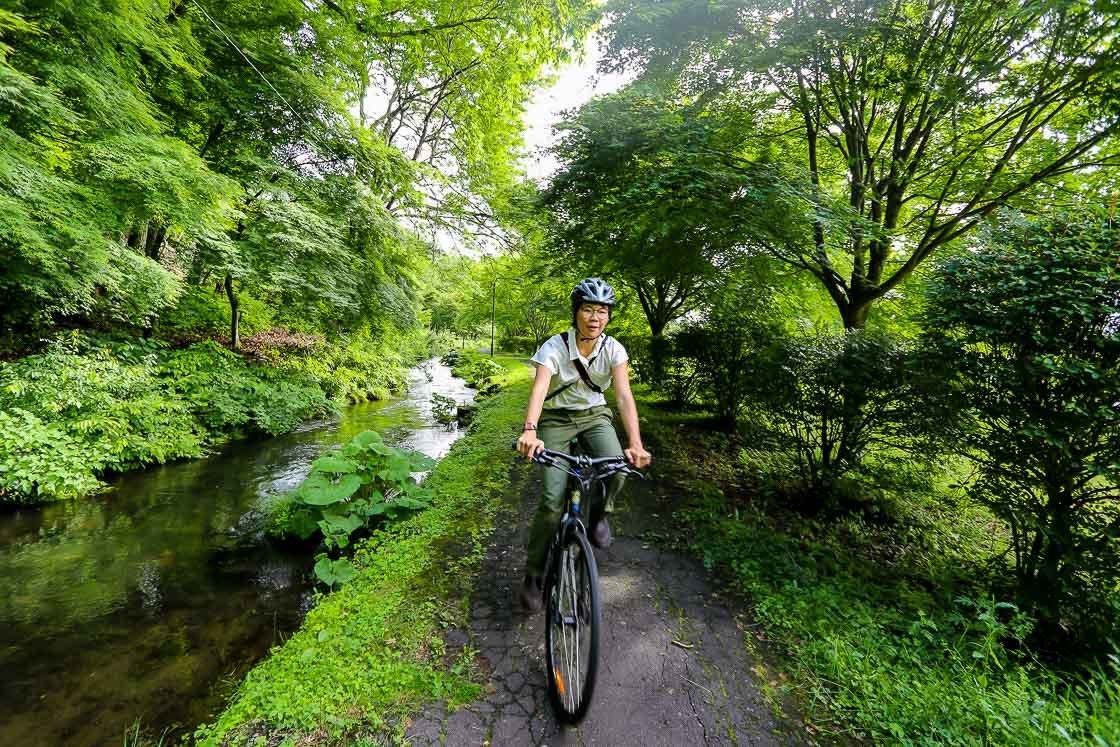
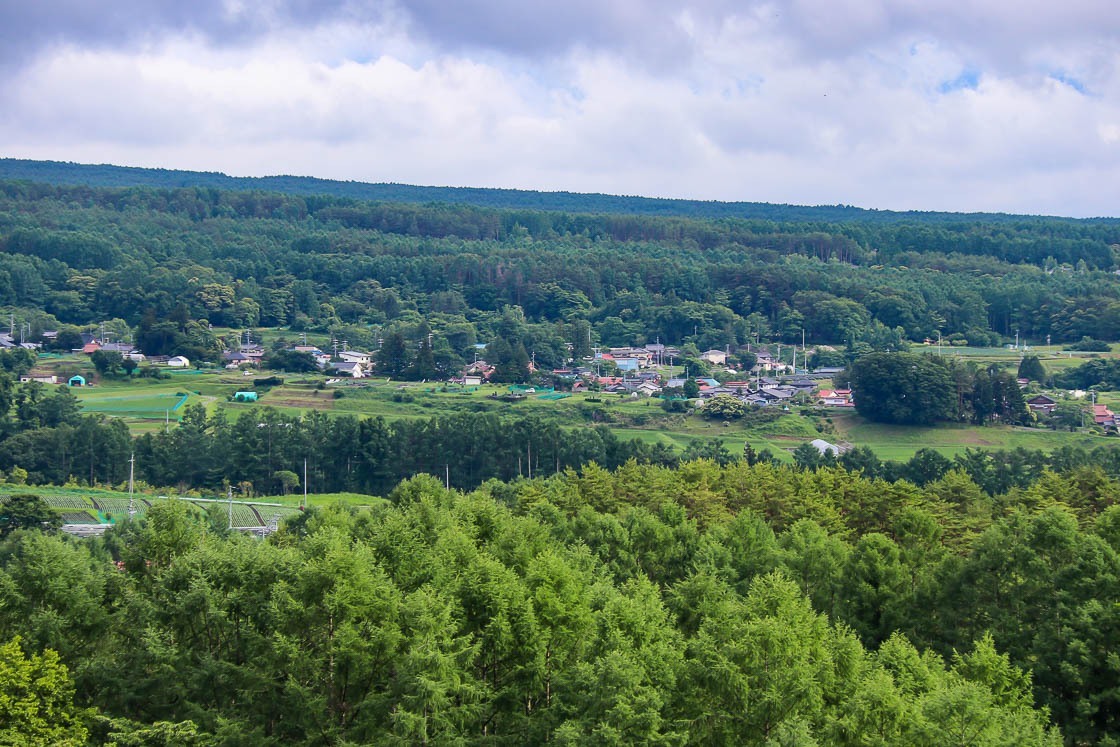
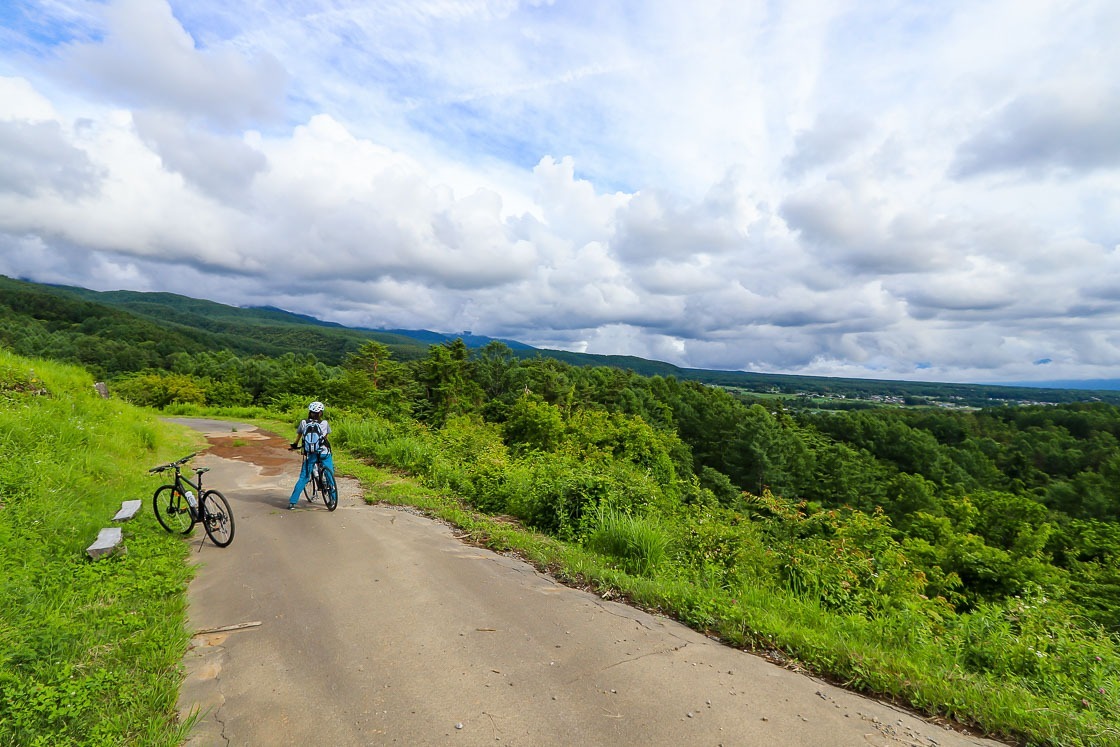
My last stop for the day was Yokoya Onsen Ryokan. The ryokan which is a Japanese style inn with hot spring baths, is right beside the Yokoya Gorge and a popular choice for those staying overnight in the area. One of the biggest draws of the ryokan is the views of the gorge from the outdoor hot spring baths. I couldn't have asked for a better place to end the day.
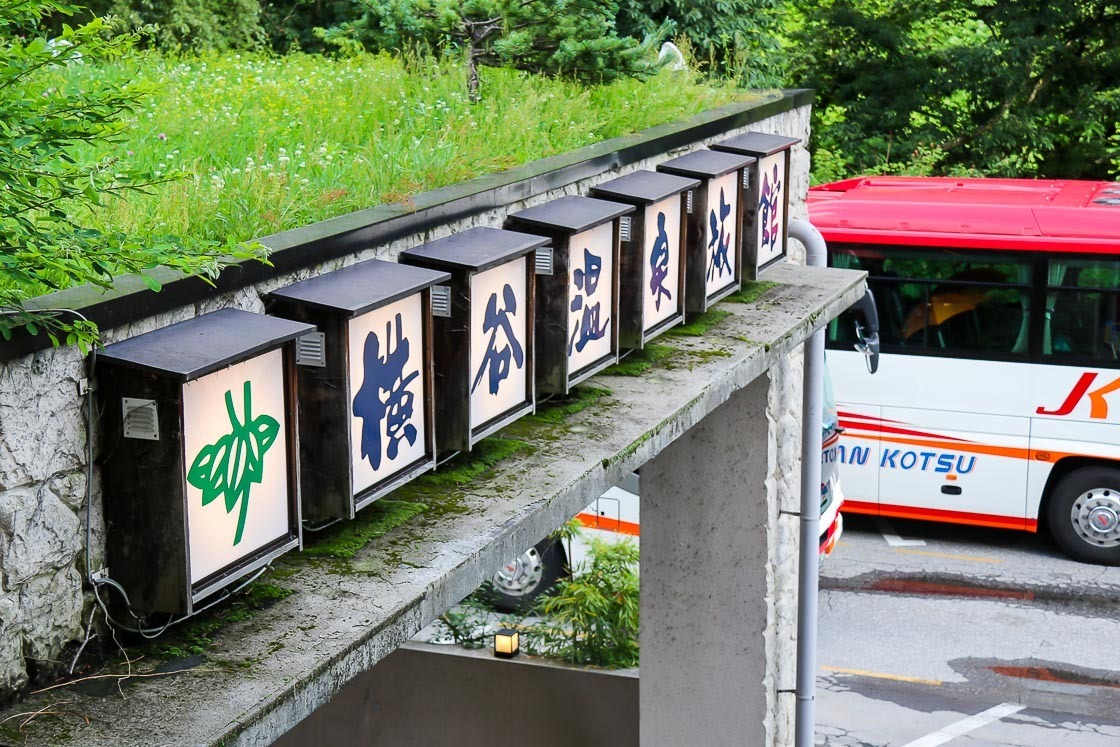
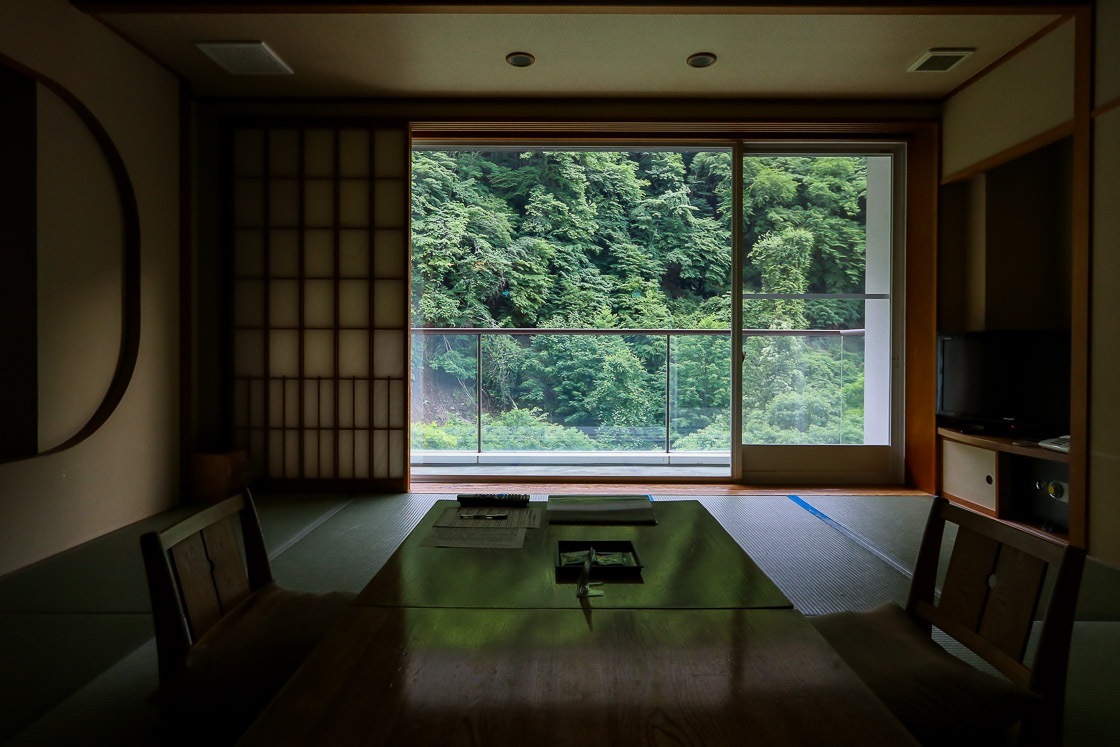
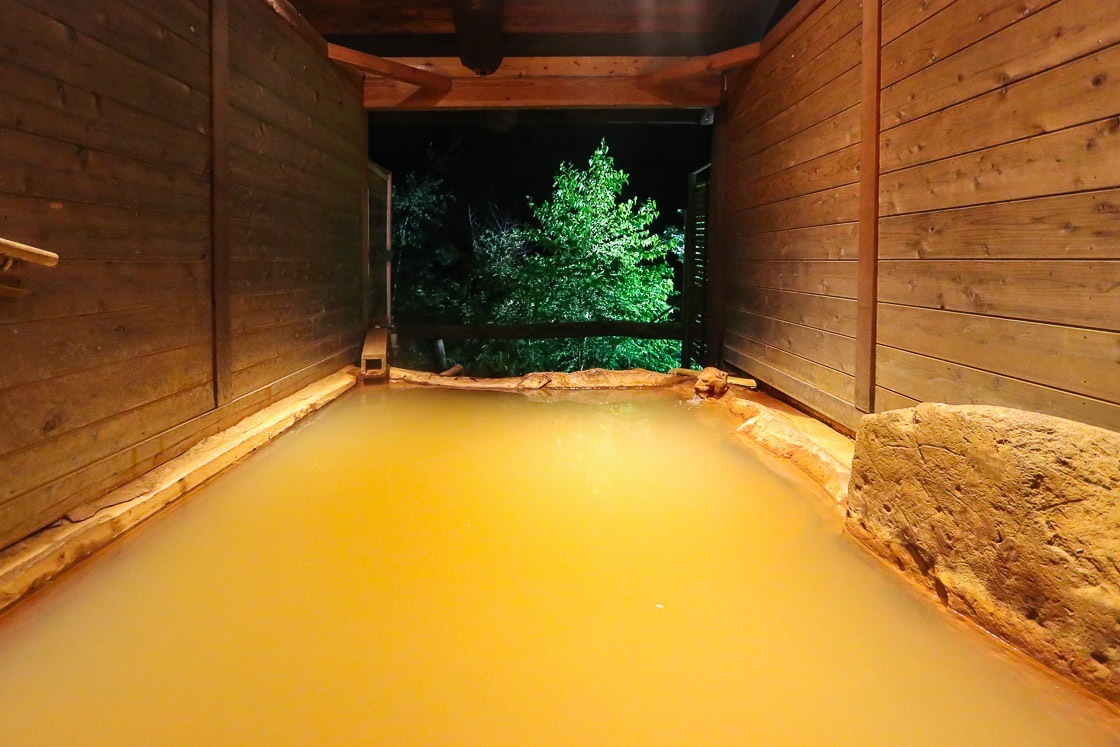
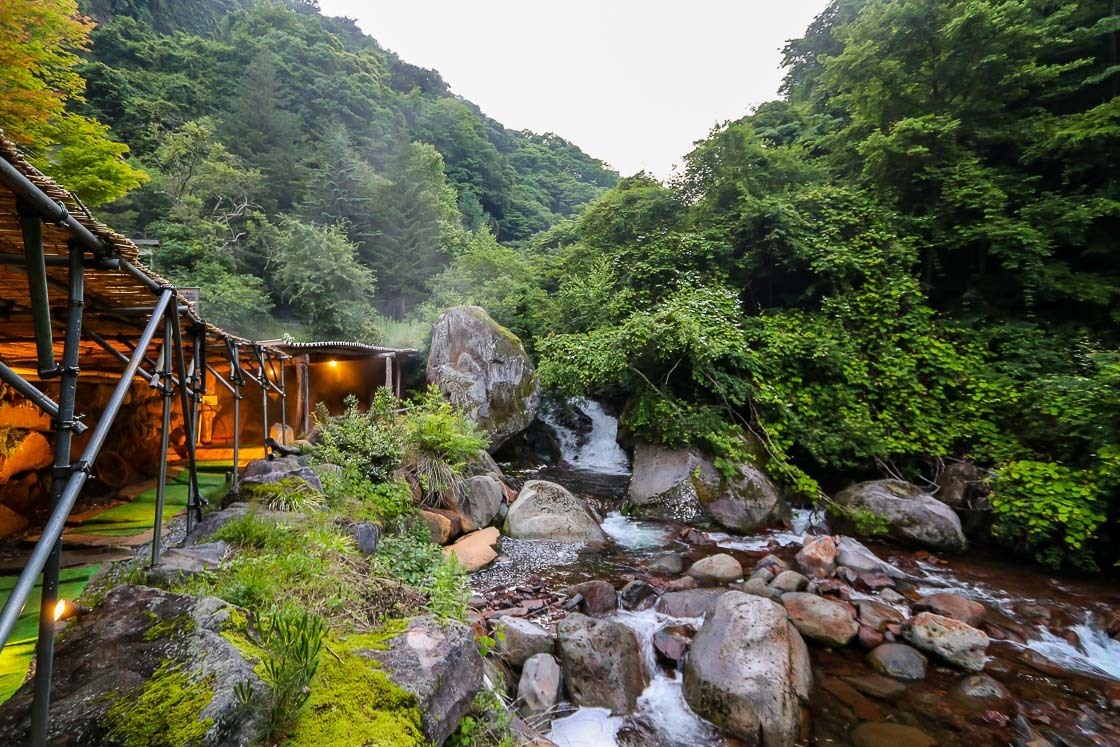
Day 2
After breakfast, I headed off to Shirakoma Pond which has become well known for its moss forest in recent years. Infrequent buses connect the Yokoya Gorge to the pond from mid July to mid October, however, the morning bus schedule worked out pretty well to get me to the pond at a good time. The one way bus ride takes about 40 minutes.
I met up with my guide at Shirakoma Pond, and we made our way into the forest. My excellent guide took me moss hunting, and I learned a lot about the different kinds of moss that populated the forest. I was even provided with my own adventurer magnifying glass to see the little plants up close! We followed the trail that looped around the pond, and stopped for a coffee break along the way. It was a fresh start to the day that was also very educational. In fact, I've since found myself looking at moss closely to see if they were the ones I learned about.
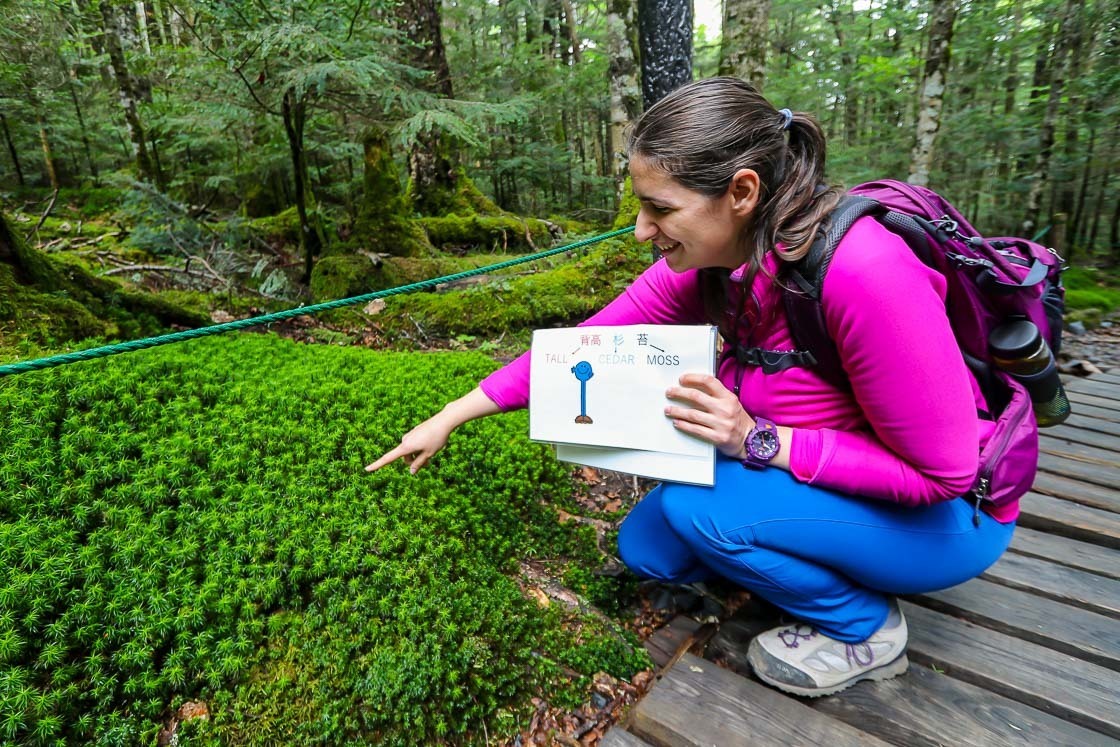

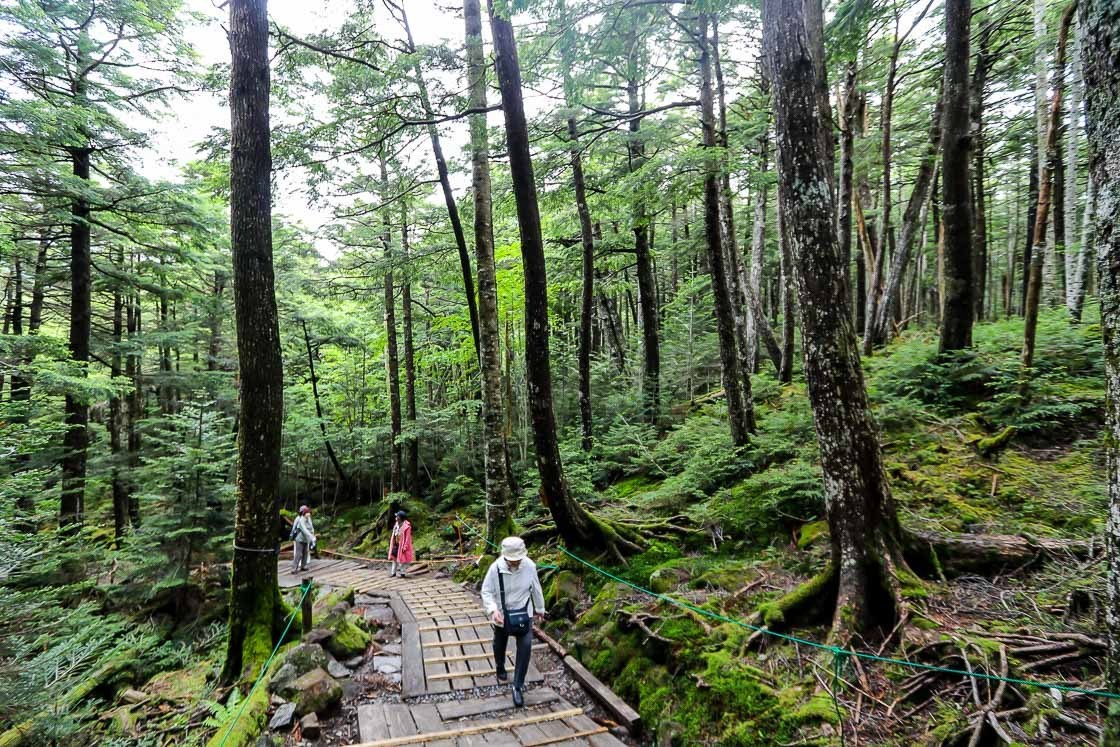
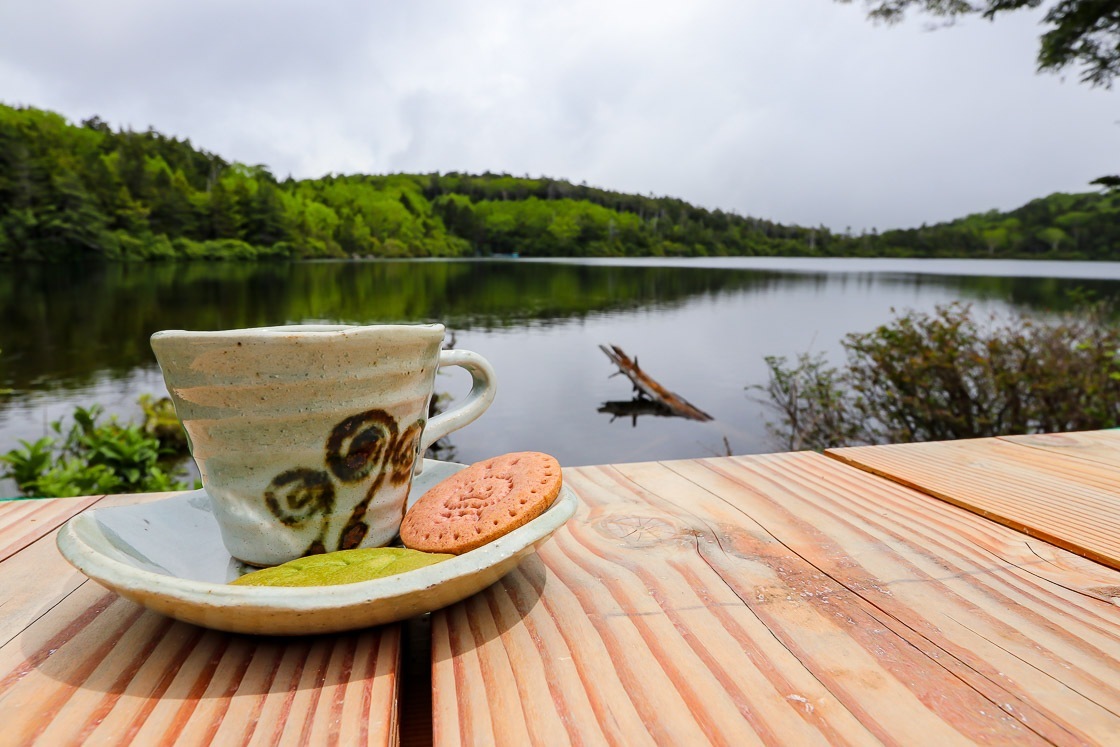
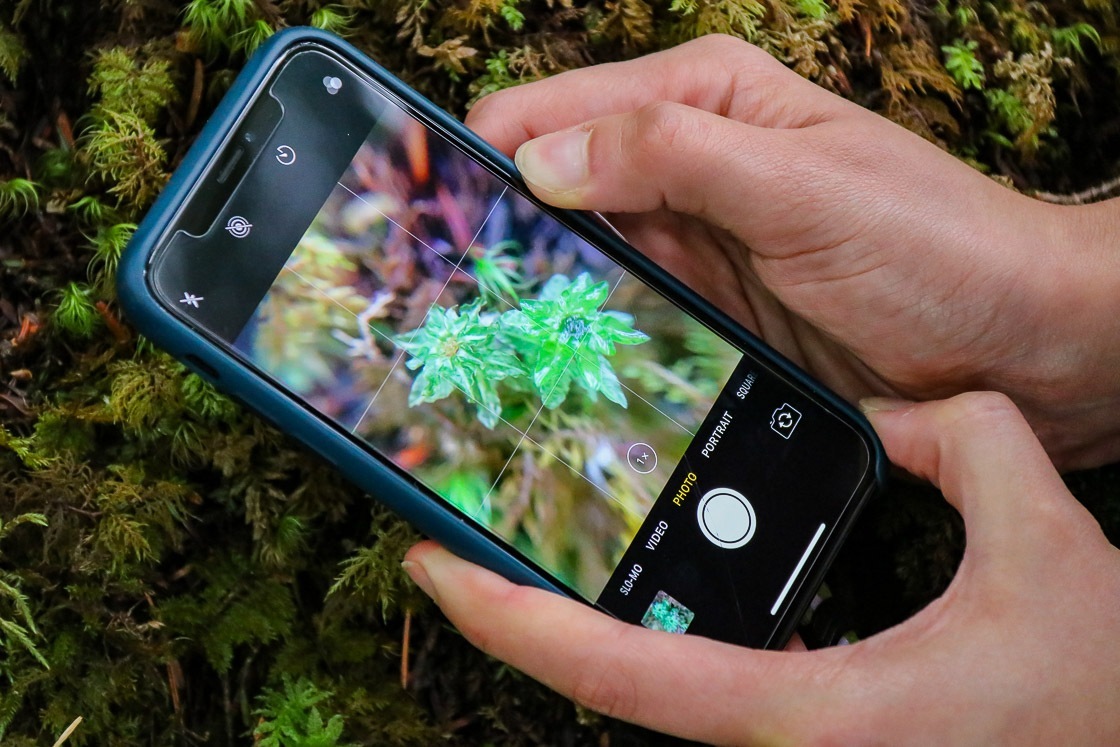


Lunch was back down in a small town in Serigasawa which is like a crossroads of sorts. I went to Shihokuan, a local farmhouse-turned-cafe, where the ingredients mostly came from their vegetable garden. I'm happy to report that everything I had tasted scrumptious and wholesome.
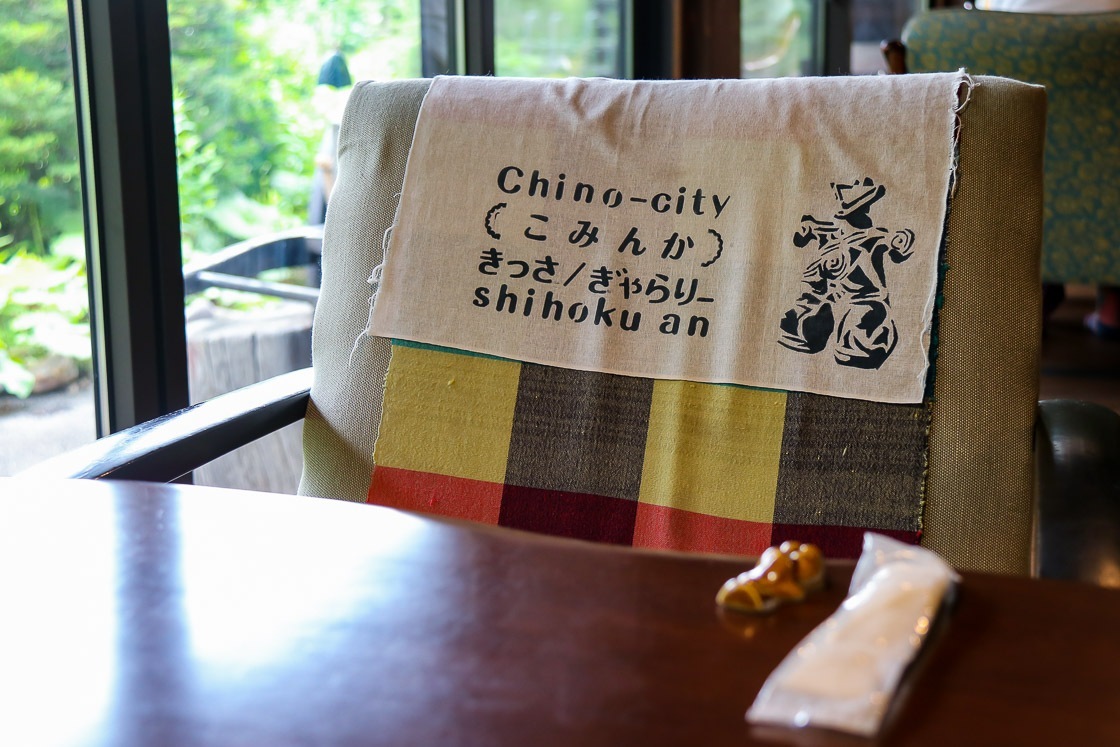

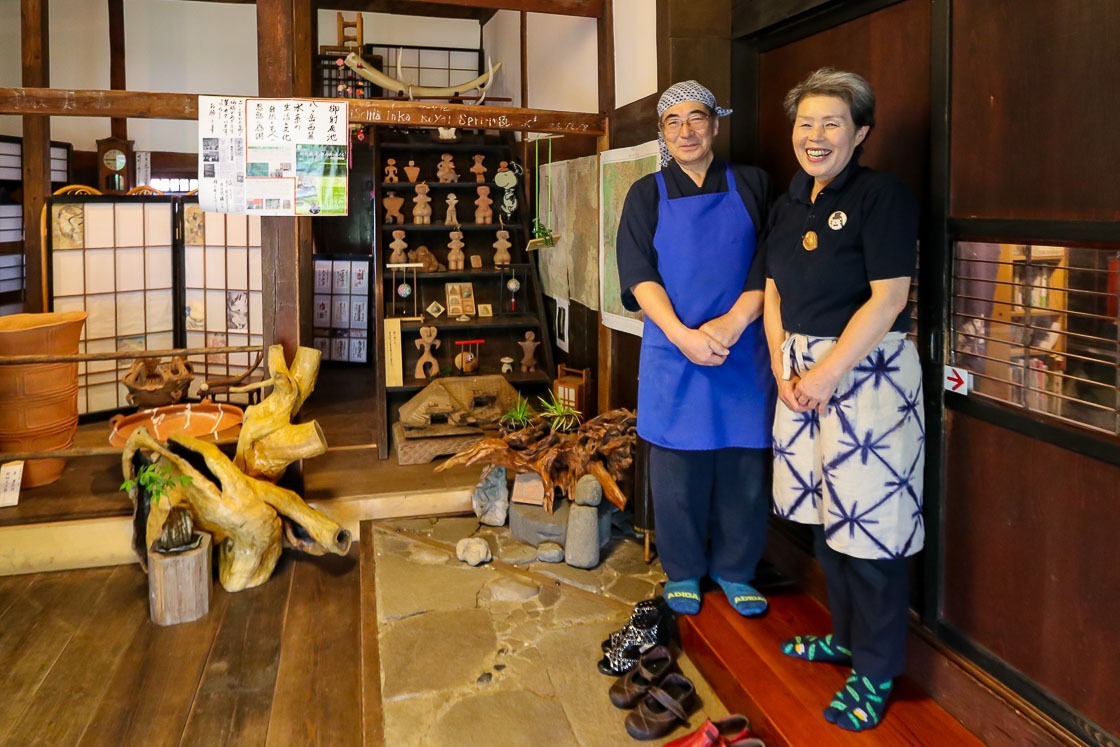
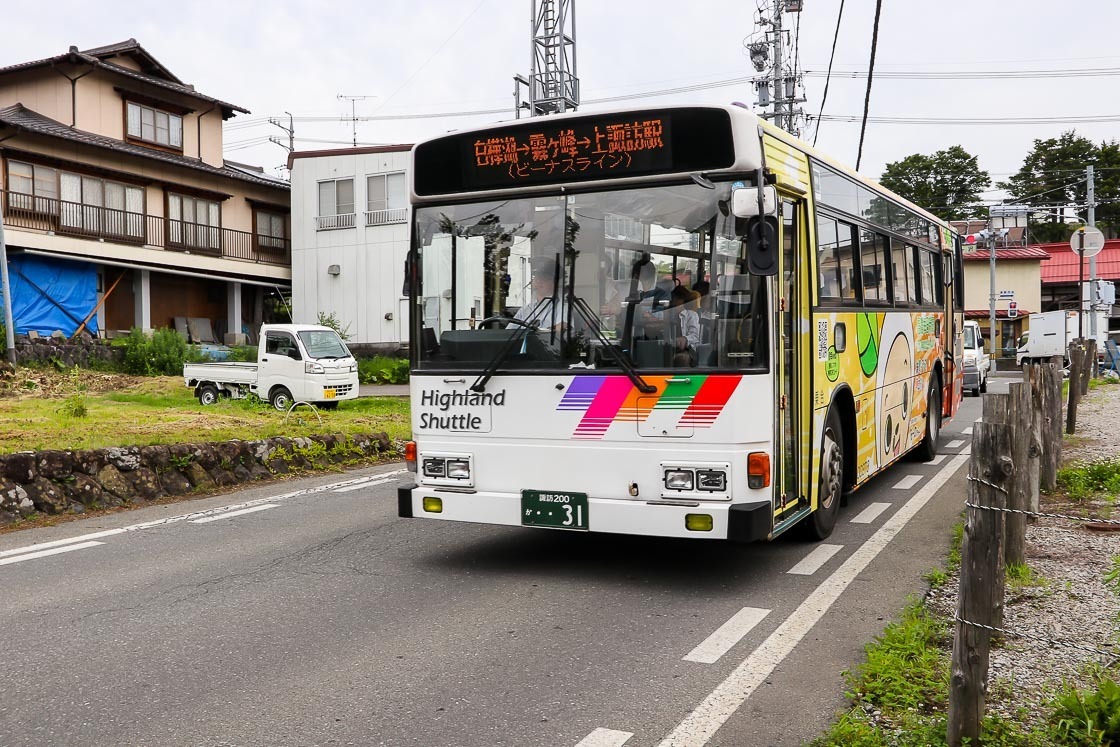

From there, I caught the bus to Kurumayama Kogen (one bus every 1-2 hours, about 30 minutes one way from Serigasawa). My plan here was to take the lift to the peak of Kurumayama and do a small hike around the top of the mountain, effectively killing two birds with one stone. The peak of Kurumayama is supposed to offer great views of the Japan Alps, and even Mt. Fuji when the weather is clear. Unfortunately for me, the weather was not as cooperative, and I found myself surrounded by clouds. However, that is not the say the trip was in vain; I still managed to catch some pretty nice views and was still glad to have come. Just means I'll be checking the weather more closely before my next trip.
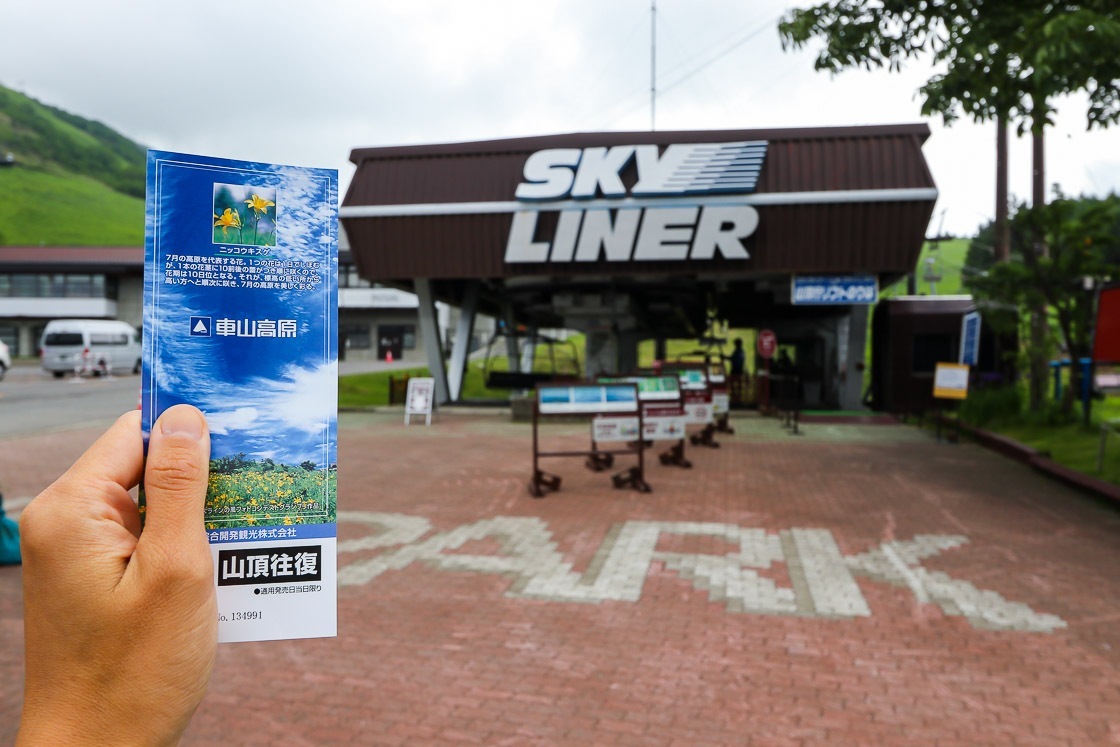

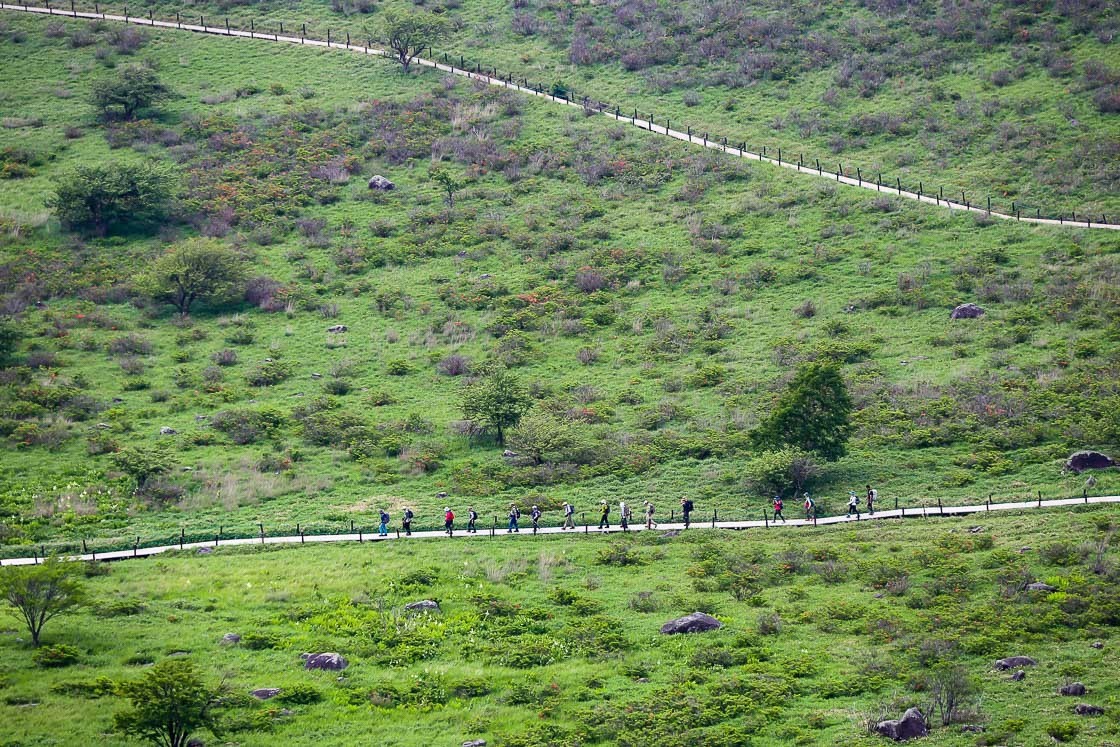

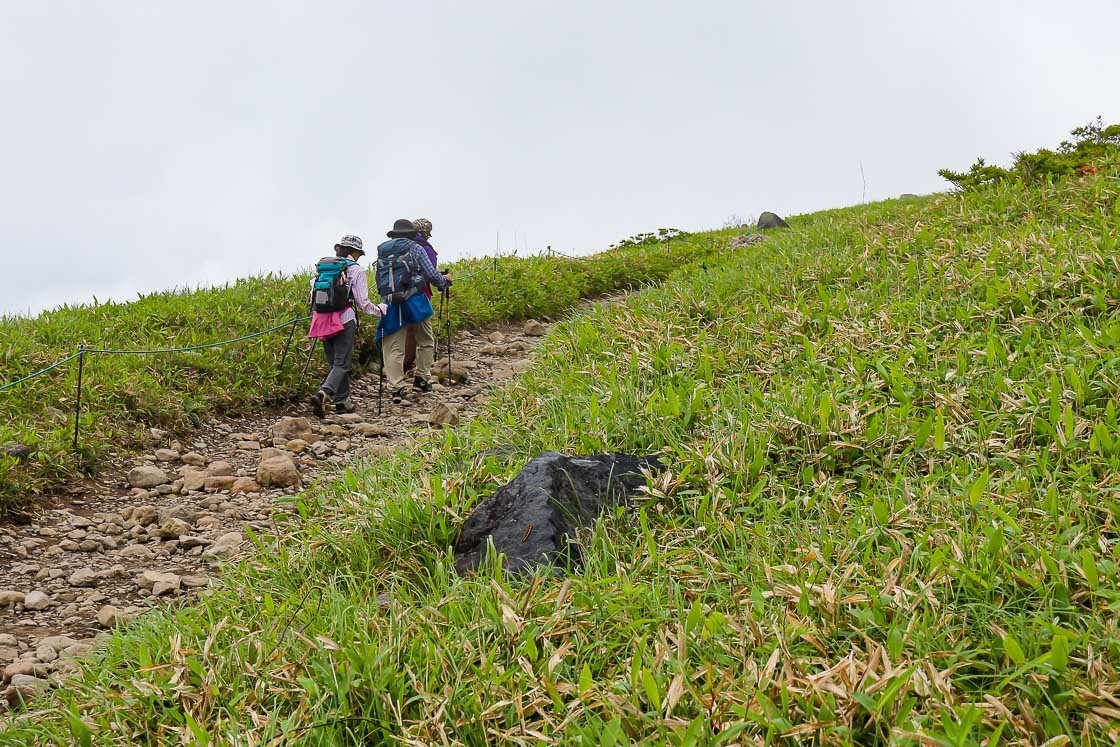
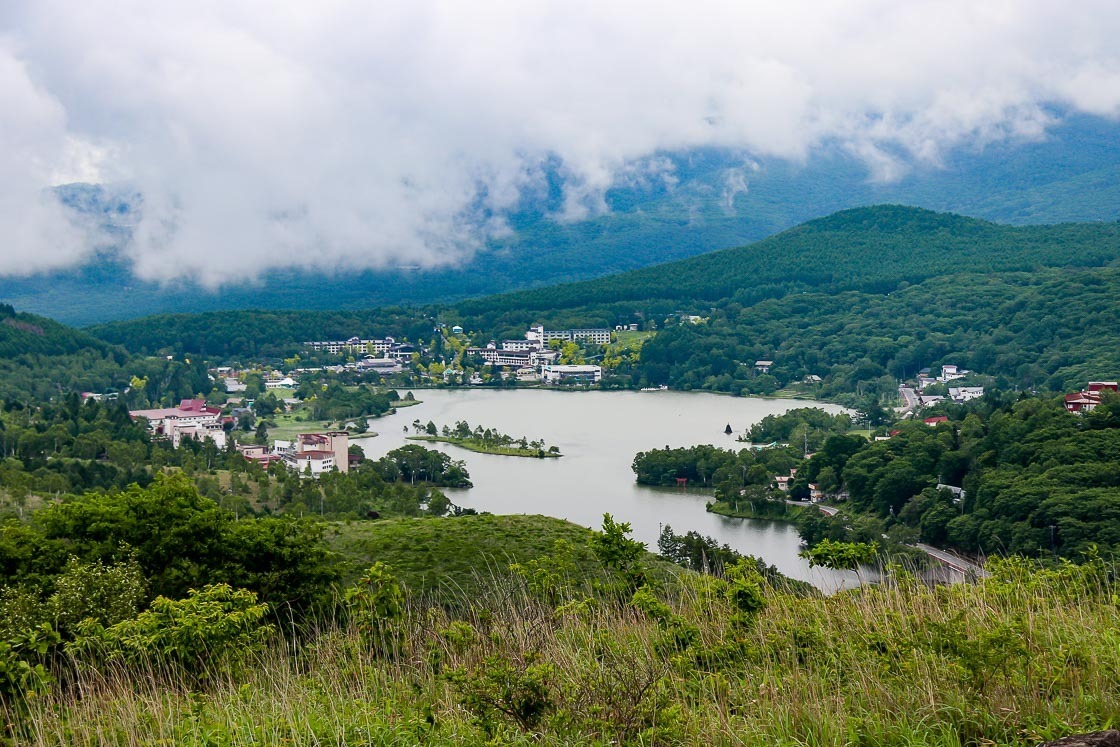
My final destination for today was my accommodation about a 15-minute bus ride from Kurumayama Kogen along the shores of Lake Shirakaba. I stayed at Little Grebe, a pension which is a family-run, Western-style lodging. The place was really cute, and the hospitality was impeccable. As it turned out, the family also runs the only water sports business on Lake Shirakaba, and I thought it would be a waste to not give it a go while I was there and made my reservation for the following day.

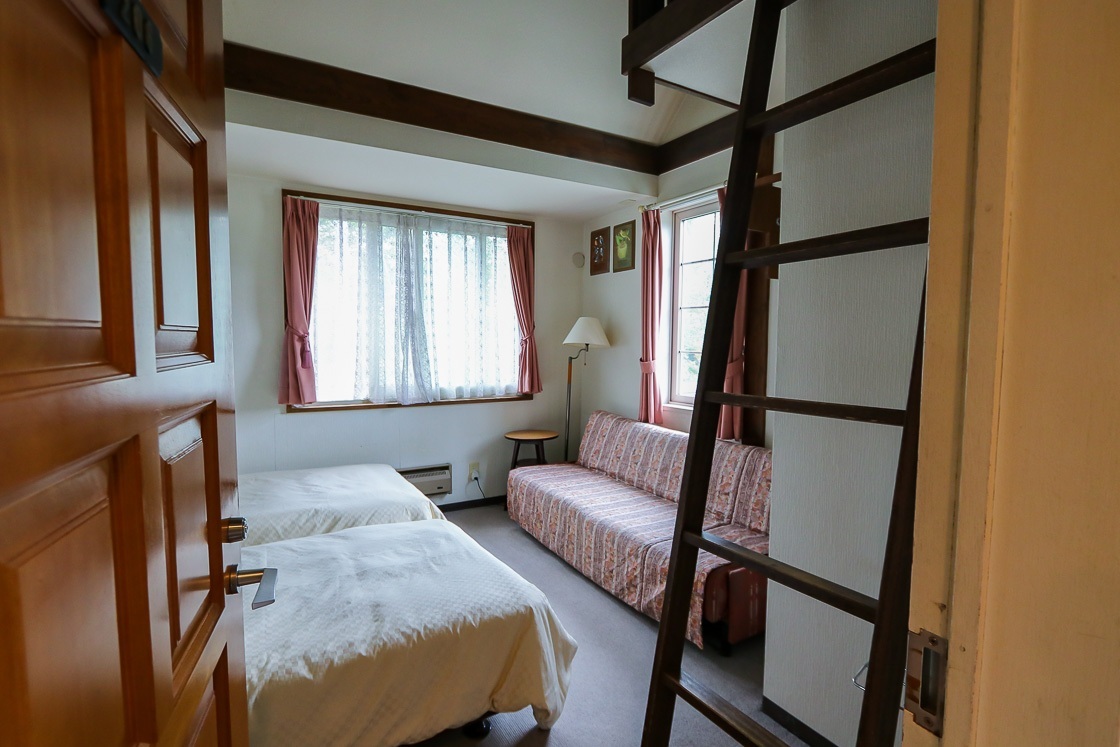
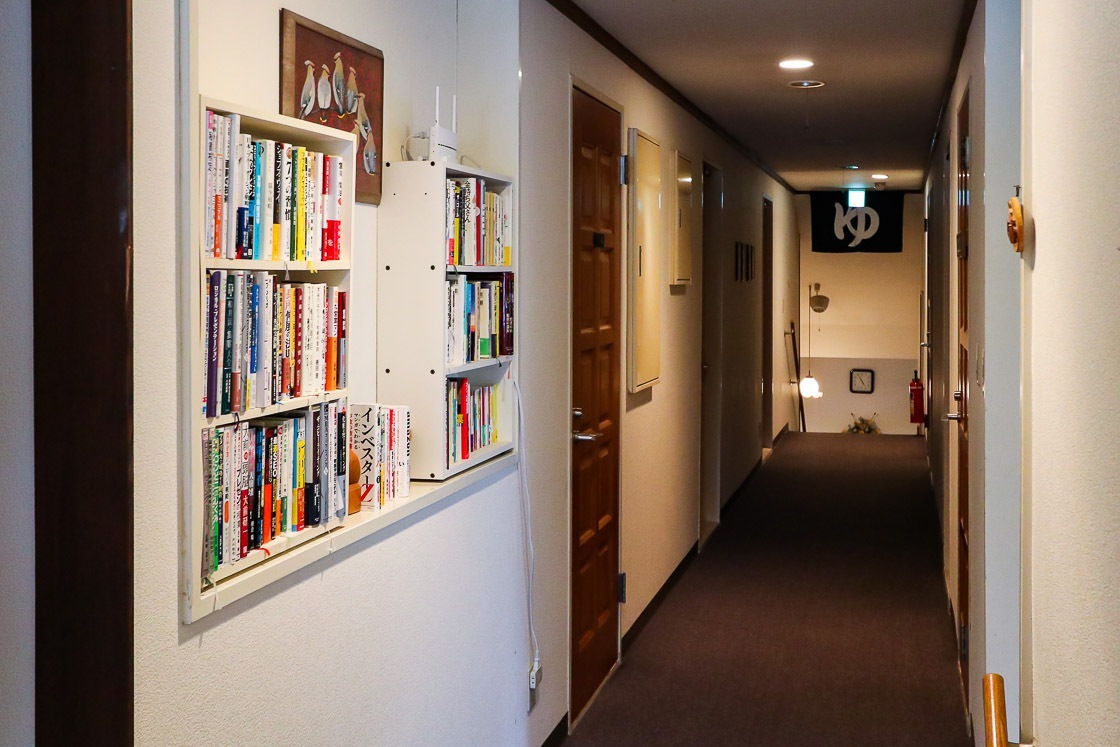
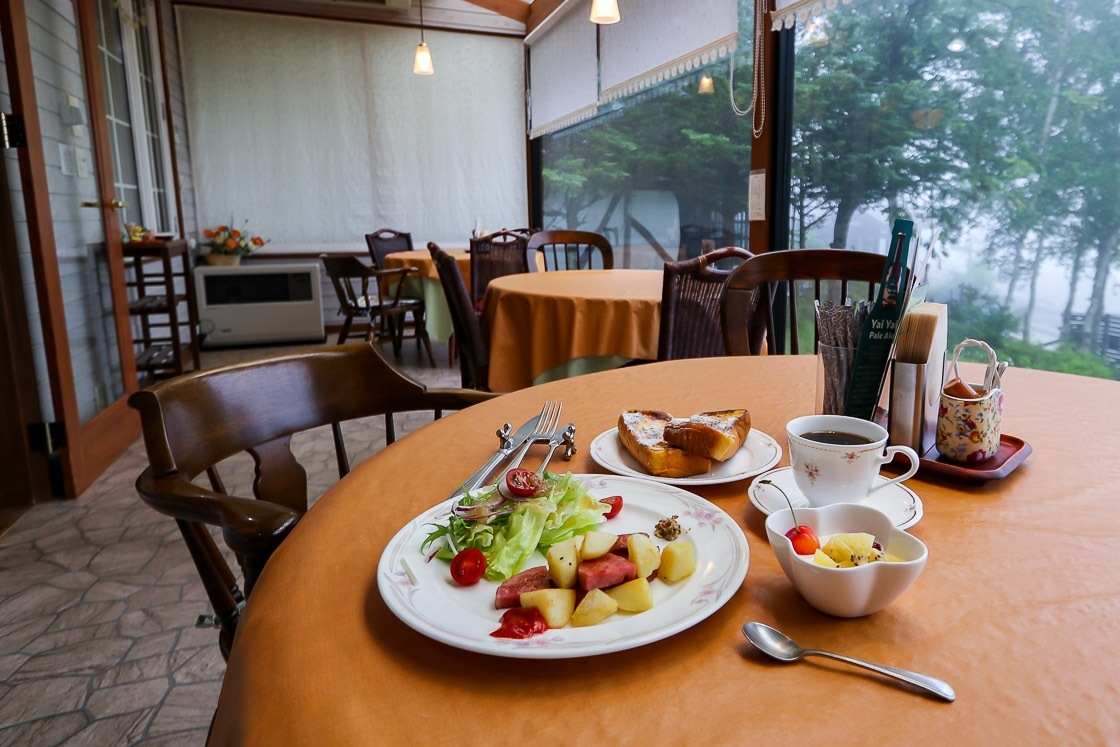
Day 3
There are a number of regions in Nagano Prefecture that are famous for soba (buckwheat) noodles, and Chino is one of the major growers of buckwheat. I went to Asahigaoka, a local soba restaurant a stone's throw from last night's accommodation. Asahigaoka is a family business and one of the few restaurants in the region that also grow their own buckwheat, which is quite impressive! You can definitely be sure of the quality and control that goes into the final product.
The soba master started the activity by explaining the entire process, from planting and growing buckwheat to processing the buckwheat to make soba flour. After that, it was time to get our hands dirty and make some soba noodles. The ingredients were relatively simple, but the tricky thing was controlling the amount of water which differs by day depending on the weather conditions. I was pretty pleased with my effort and worked up enough appetite for my handmade soba lunch.
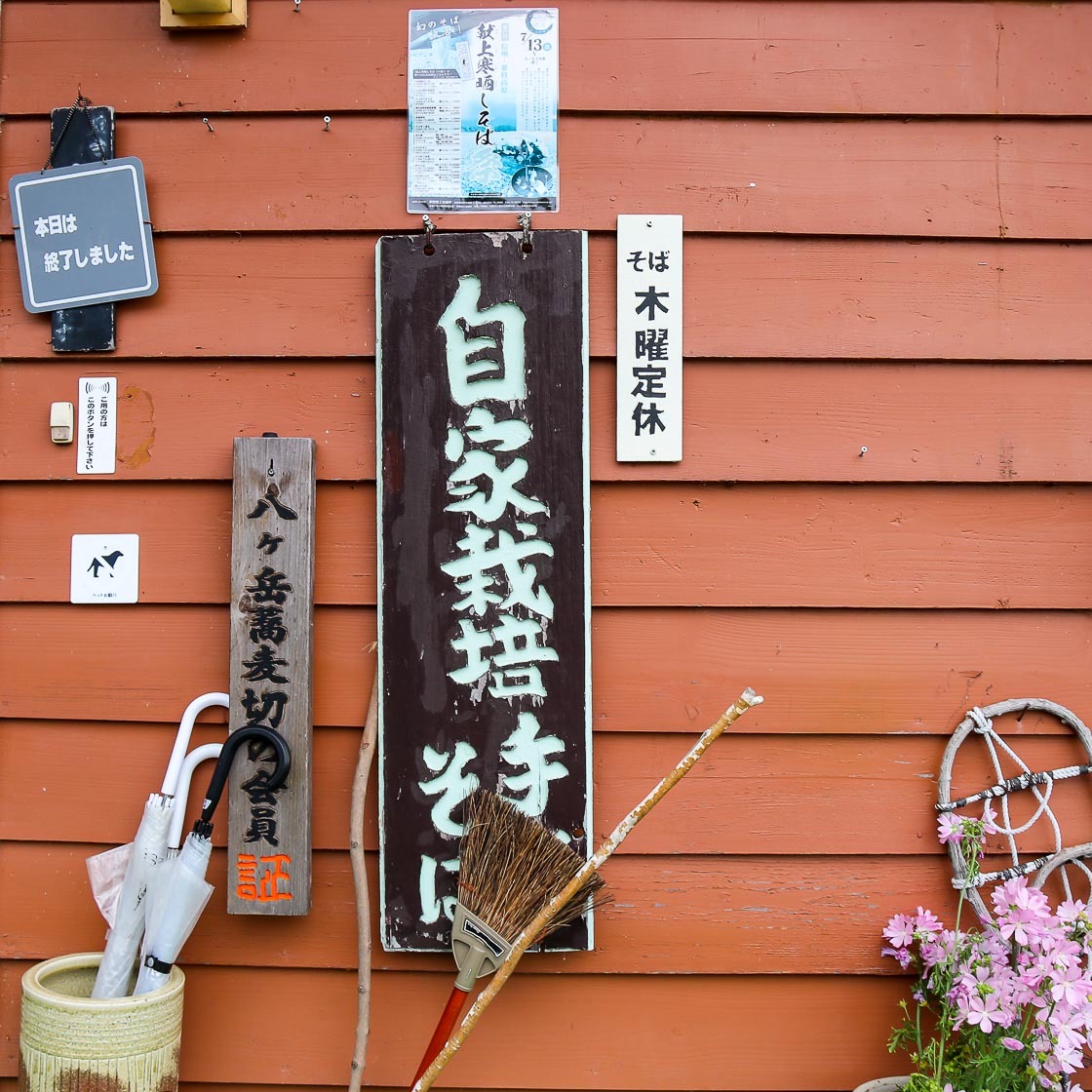
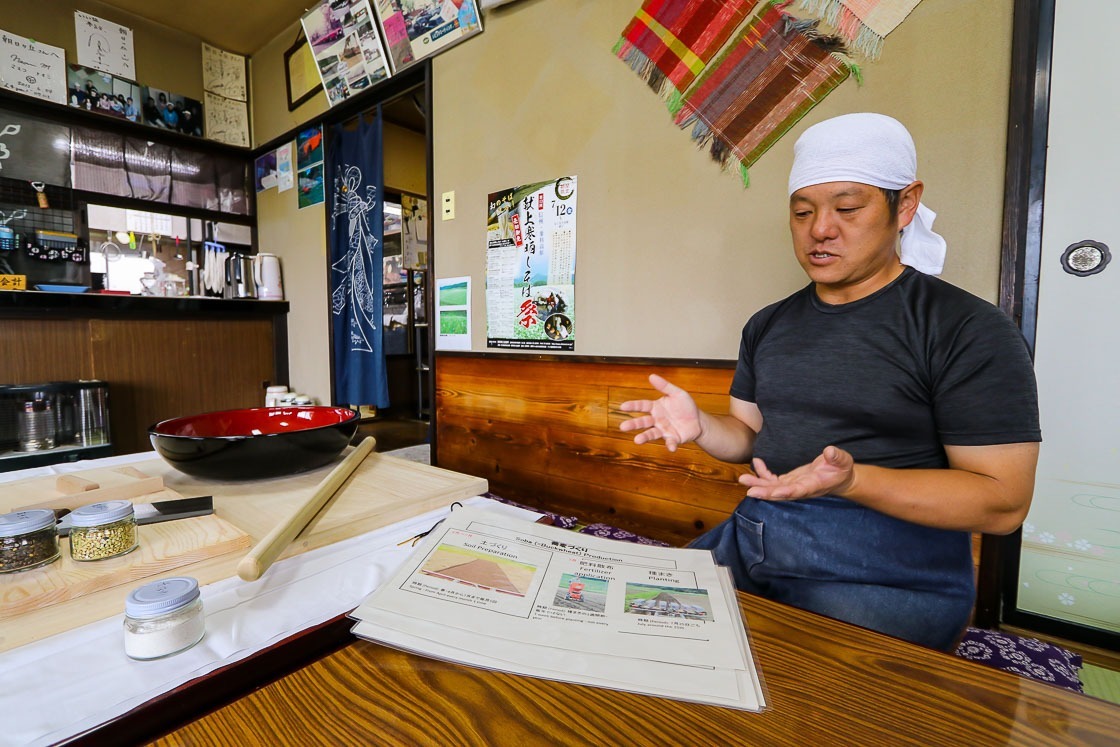
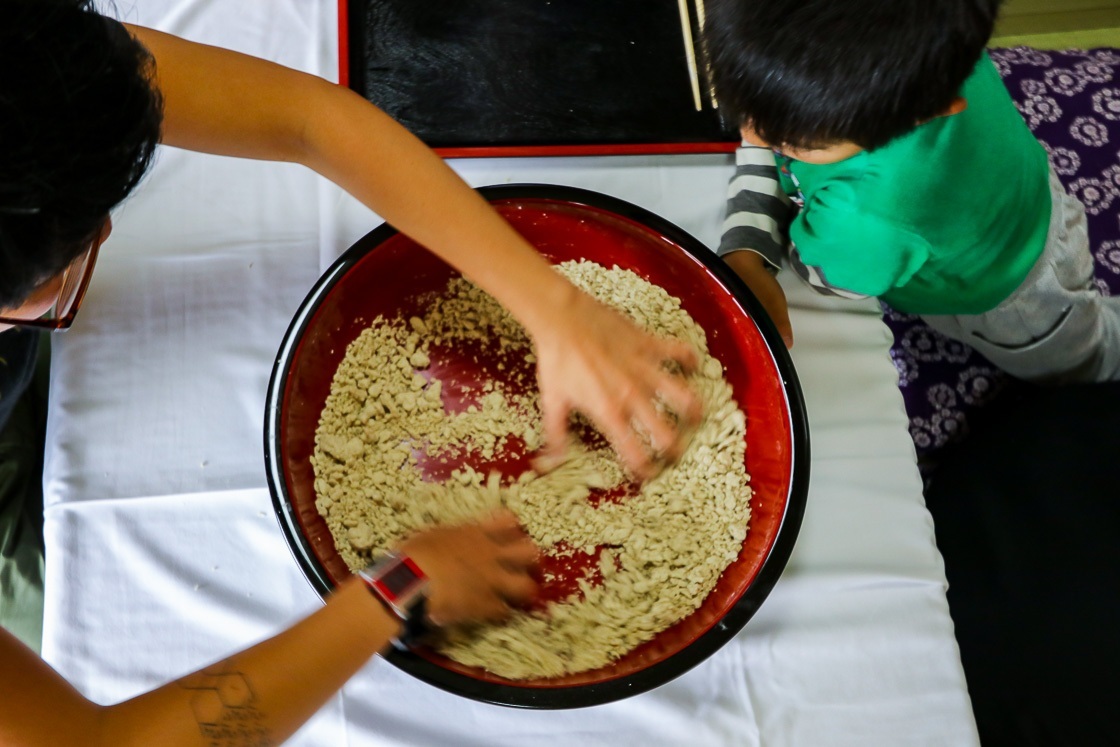
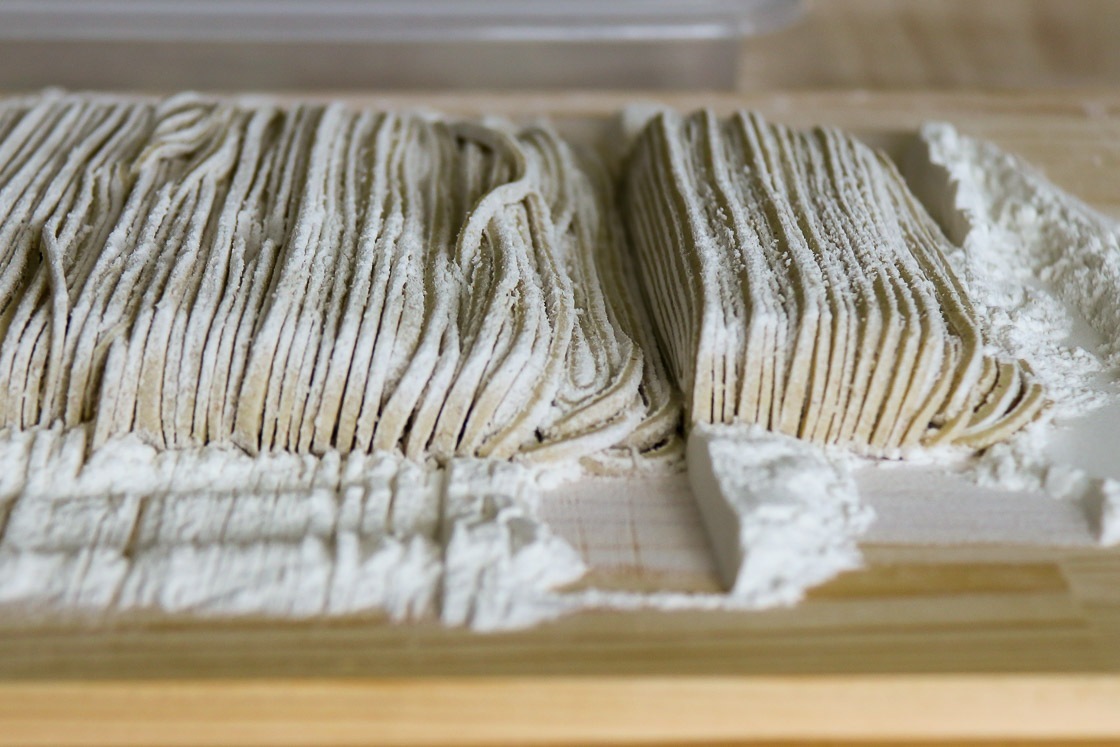
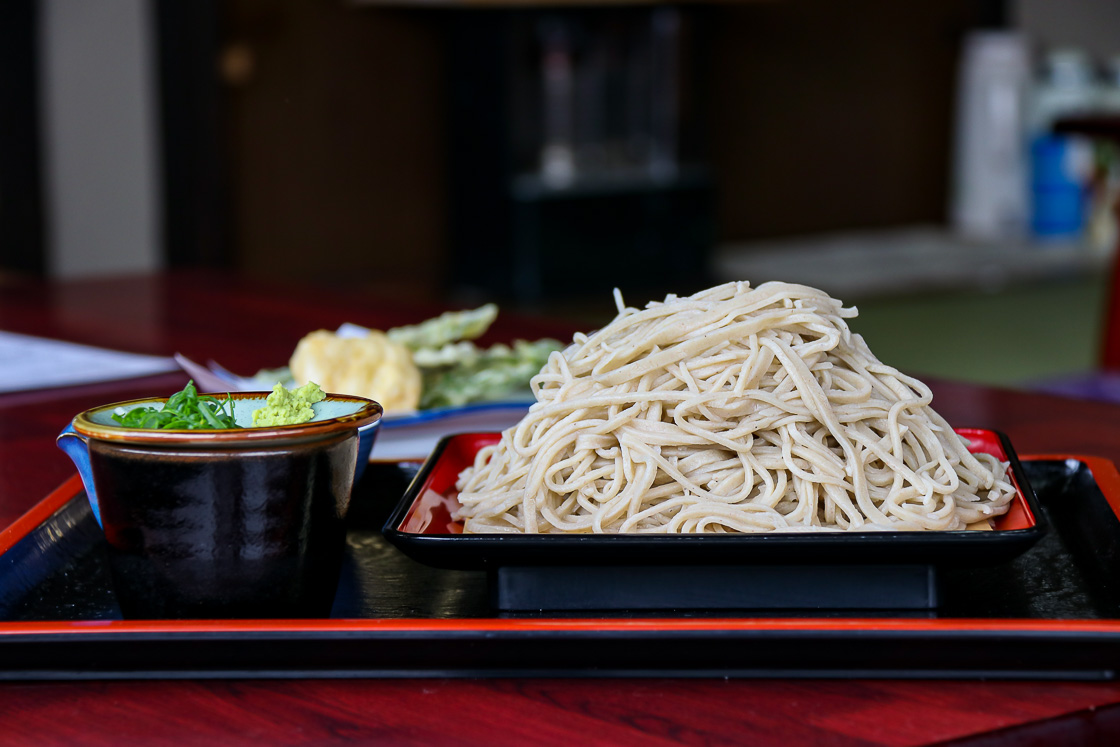
I had reservations for water sports at Yatsugatake Adventure Tours on Lake Shirakaba after lunch as mentioned before, and it was literally just down the street from the soba restaurant. The tour company is currently one of the only (if not the only one) water sports businesses that offer stand up pedalboarding activities, and that was the one I went for.
Many would have heard of stand up paddling (SUP) which involves standing on an inflatable surfboard-like board and using an oar to propel the board. A pedalboard on the other hand, has stairmaster-like pedals that propels the board and a handlebar that controls the rudder for steering. It was slightly unusual and took me a while to get used to, but it wasn't long before I got the hang of it and liked "running" on water.
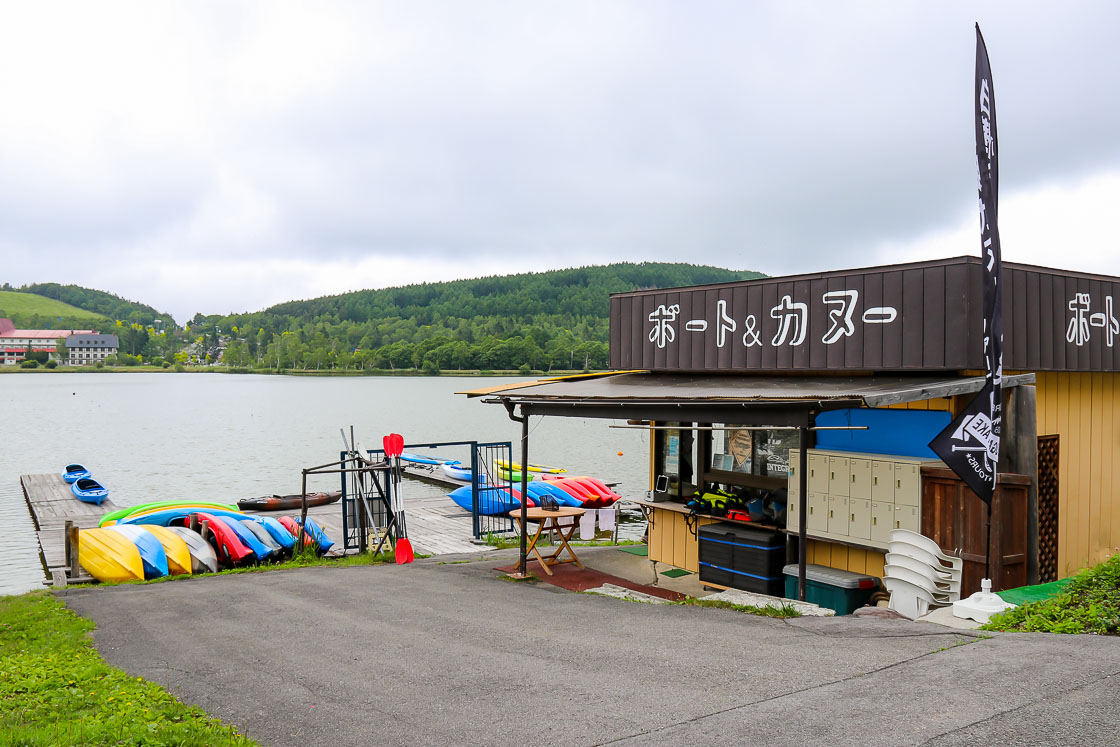
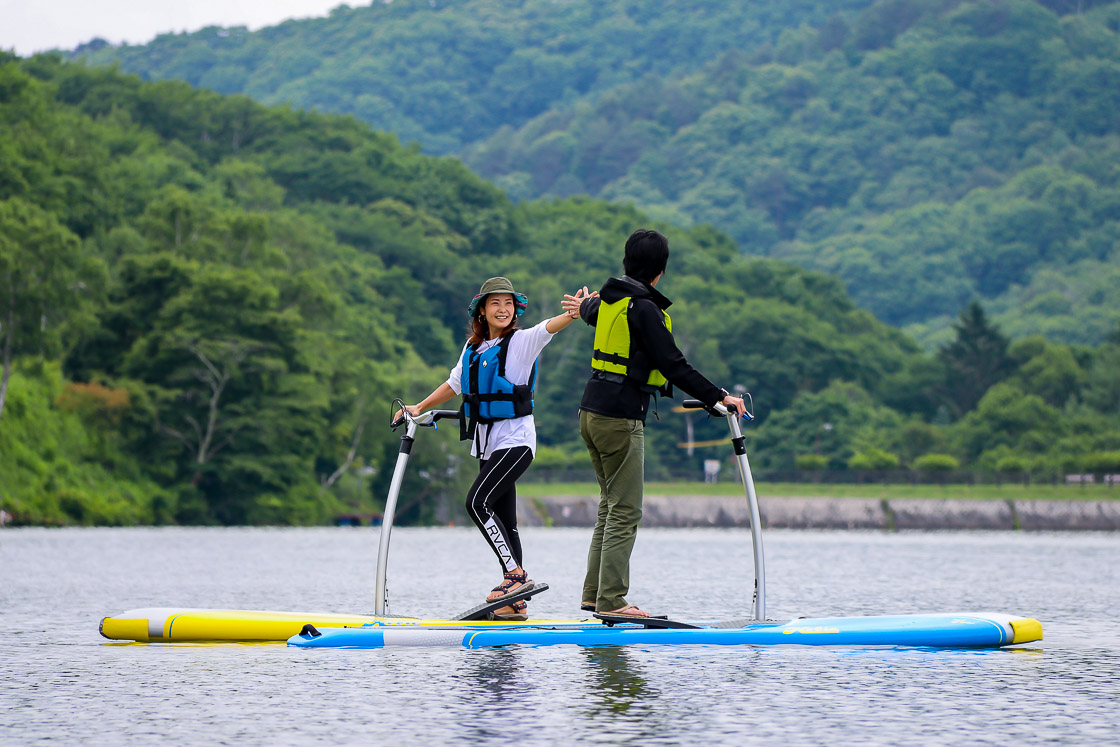

For the second half of my day and the last of my three-day adventure, I headed back to Chino Station and made my way to Maemiya Shrine of Suwa Taisha (about a 20-30 minute walk from the station). The plan was to join the Fujimori Teahouse Tour which I was looking forward to. Fujimori Terunobu is an architect who designs buildings with an emphasis on using natural material that shows the organic design to be in harmony with nature. His designs also tend to have some quirks that indicate his handiwork. Having visited a number of his other works, visiting and entering his teahouses in Chino was an absolute treat. Note that the interior is typically closed to the public, and the only way to enter them is to join this tour.
The tour started off at Suwa Taisha's Maemiya Shrine which can be said to be one of the oldest spiritual spots in Japan. It was even mentioned in the Kojiki which is one of the two oldest surviving historical written records of Japan. Unlike many Shinto shrines in Japan where there is an enshrined deity, the main object of worship here is the mountain that stands behind. It can be said that nature plays an important role in the spirituality of the place, and small shrines can be seen at other spots of spiritual power along the way.
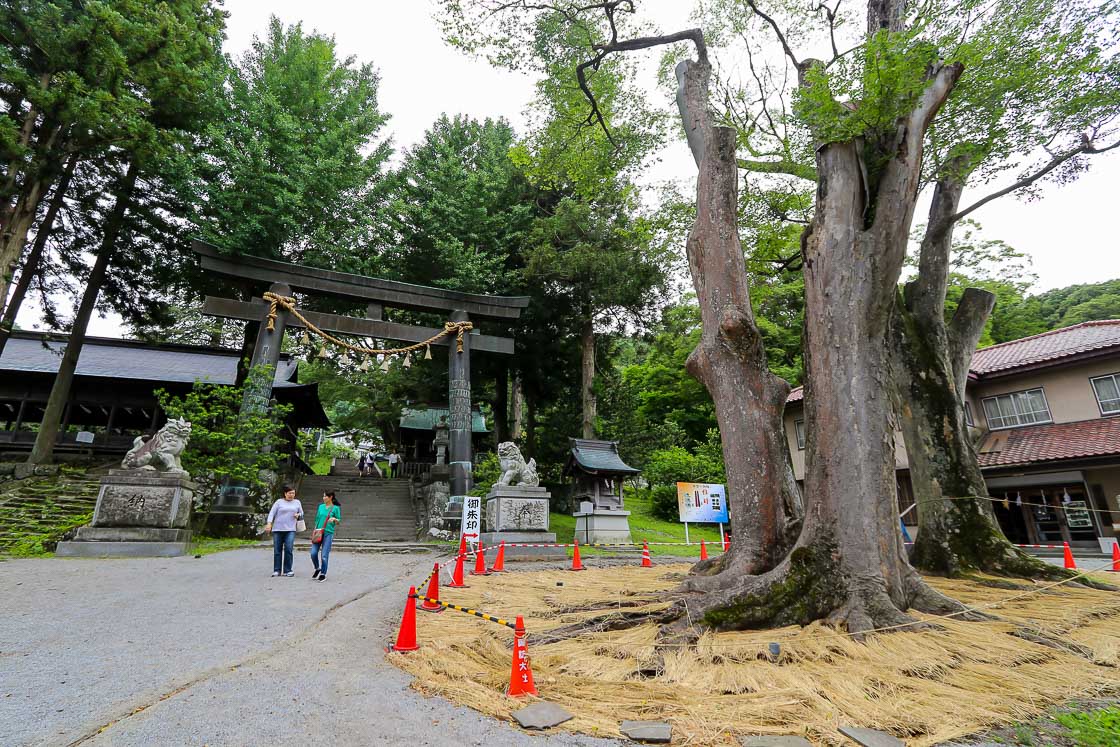
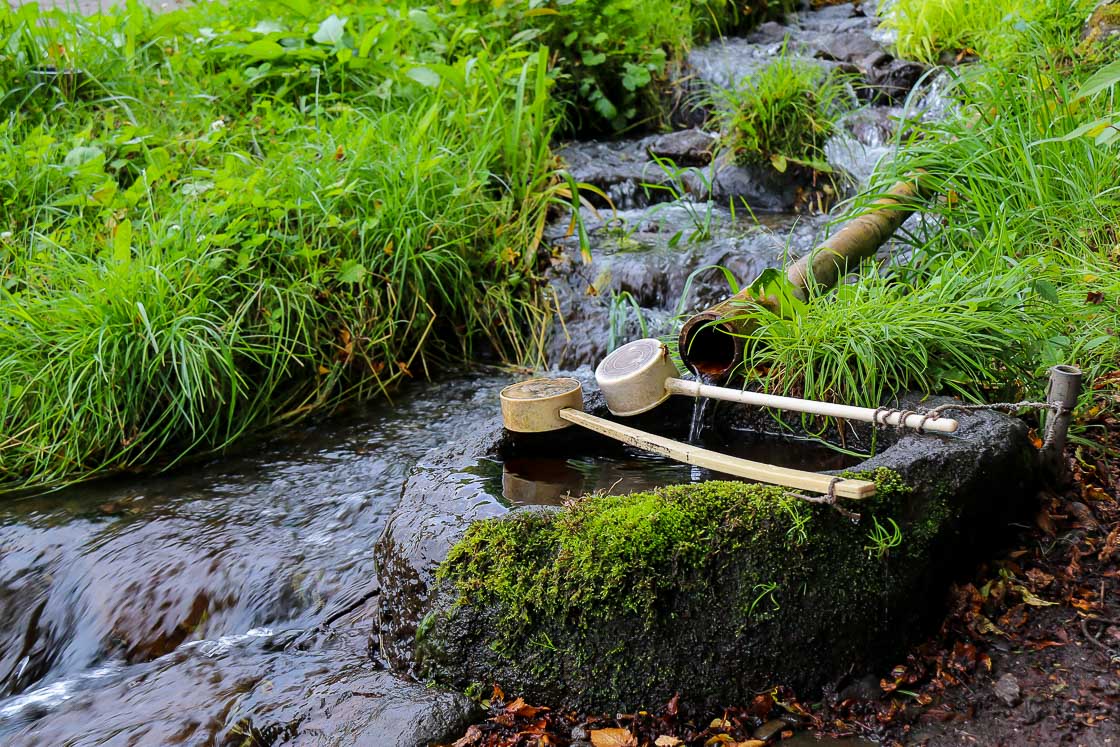
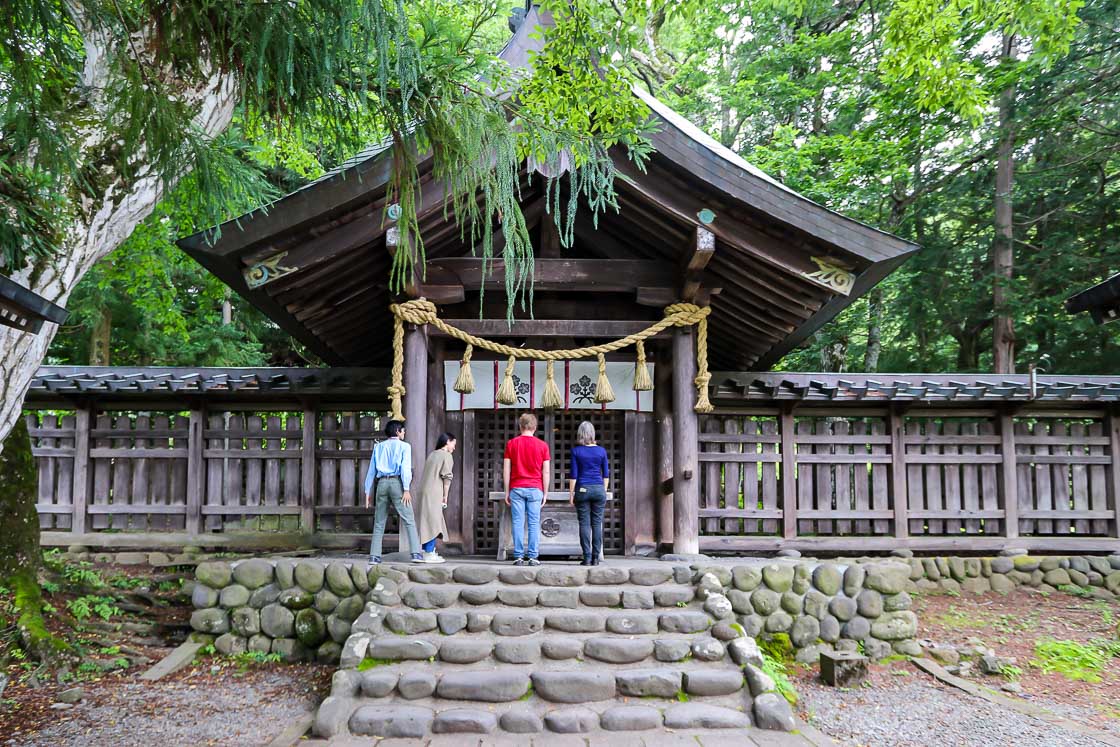
We took the forested path from the back of Maemiya Shrine to the Jinchokan Moriya Historical Museum, where important records relating to the Ontosai, an important festival to pray for a bountiful harvest as well as a good hunting season, and where the procedures the high priests have to follow are kept. The museum also gives one an idea of the items that are offered to the gods at the festival.
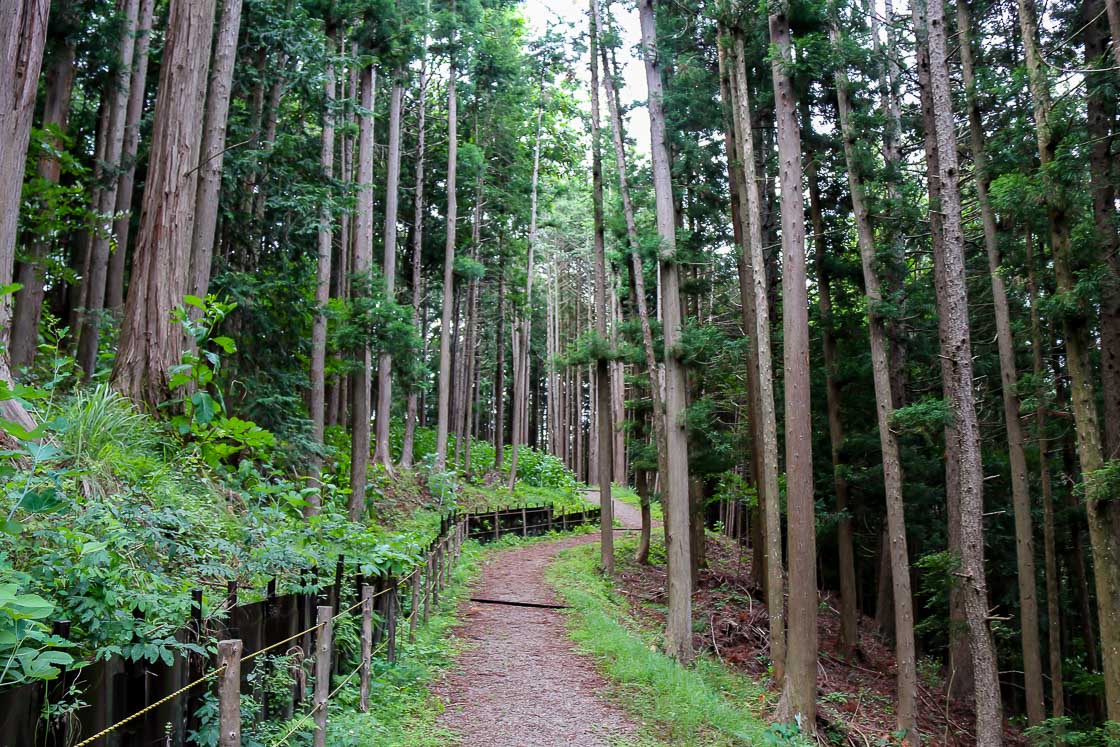
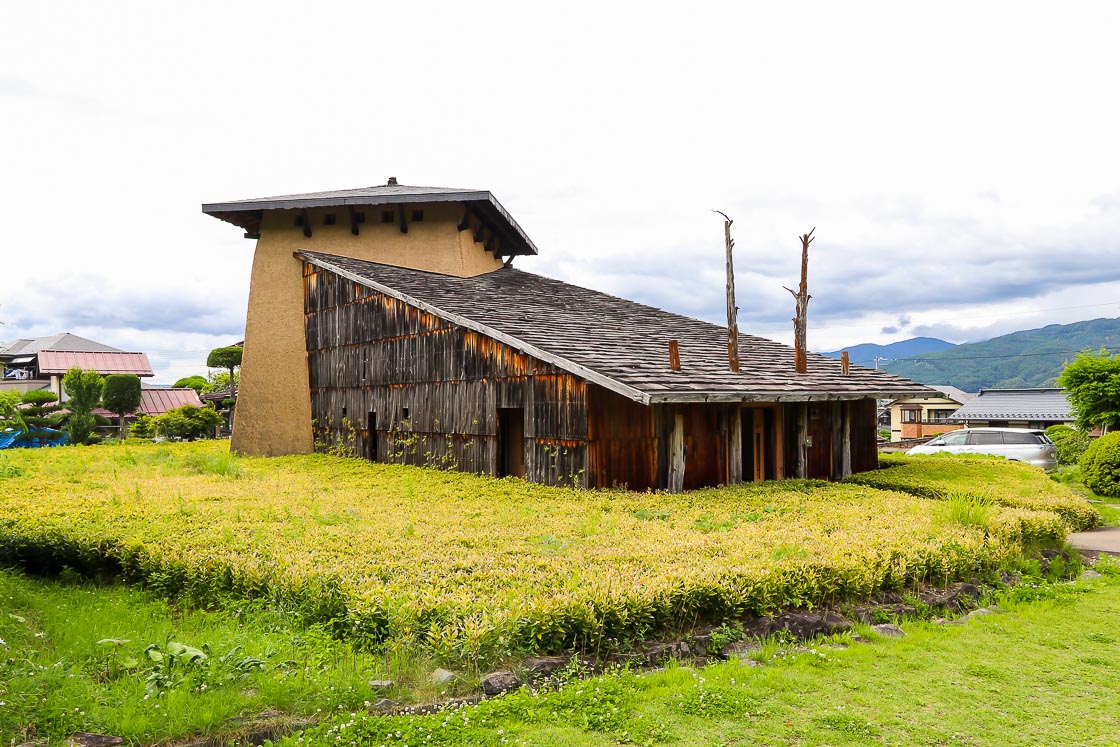

From there, it was a short walk to the teahouses that I had caught glimpses of along the way to the museum. There are three teahouses that Fujimori constructed together with the local community: the Flying Mud Boat, Takasugi-an (lit. too tall teahouse) and Hikusugi-an (lit. too low teahouse). We had one of the local craftsmen who built the teahouses together with Fujimori explain the design and layout of the unique spaces.
As an added bonus, the tour ended with a tea ceremony in Hikusugi-an. There was one last surprise yet in the teahouse, but I shall not spoil it here. You will have to go to find out for yourself! It was one of the best ways to end my trip, and one which I will remember for years to come.
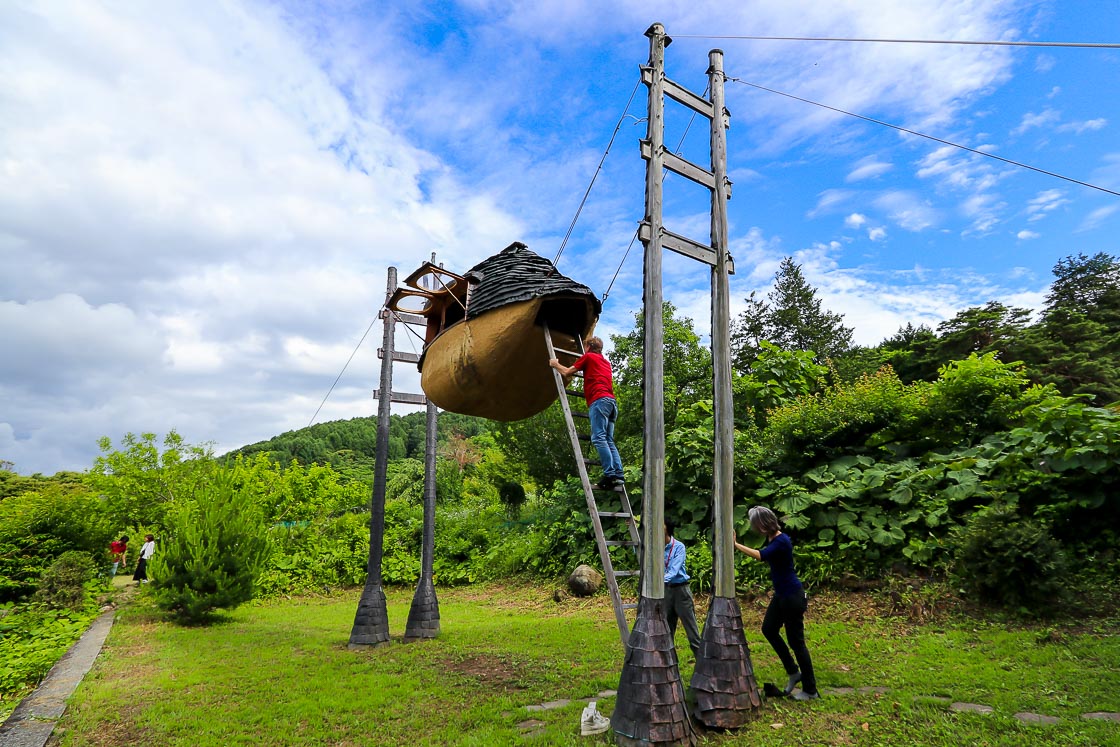
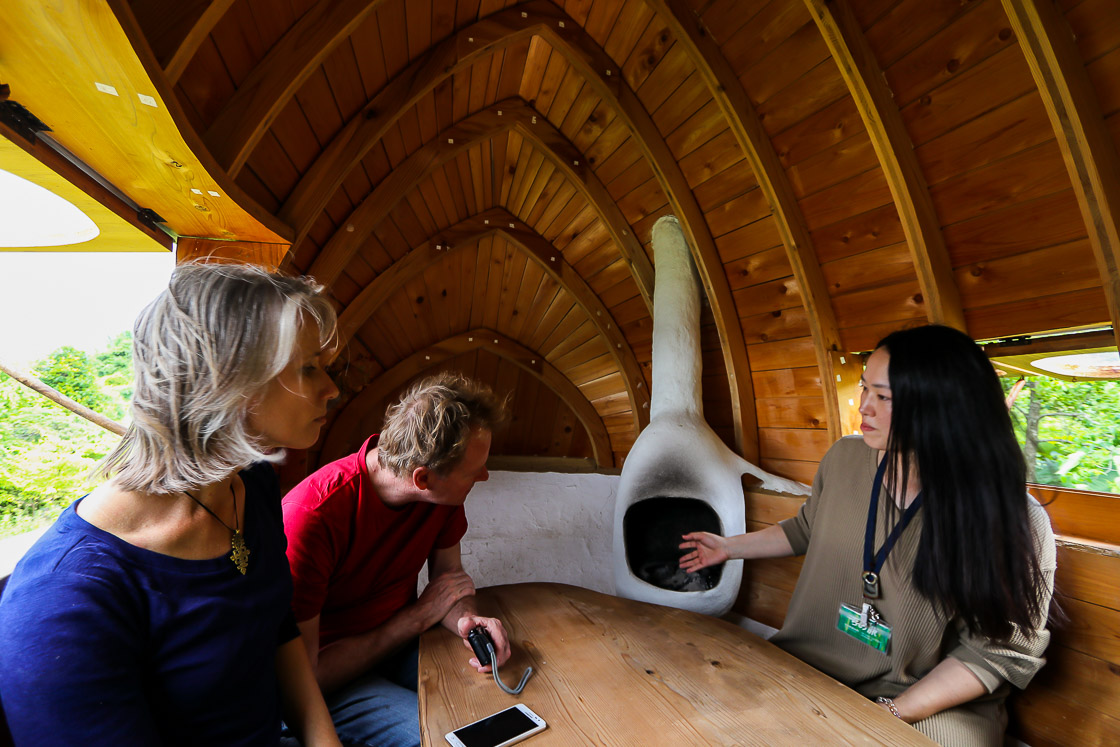
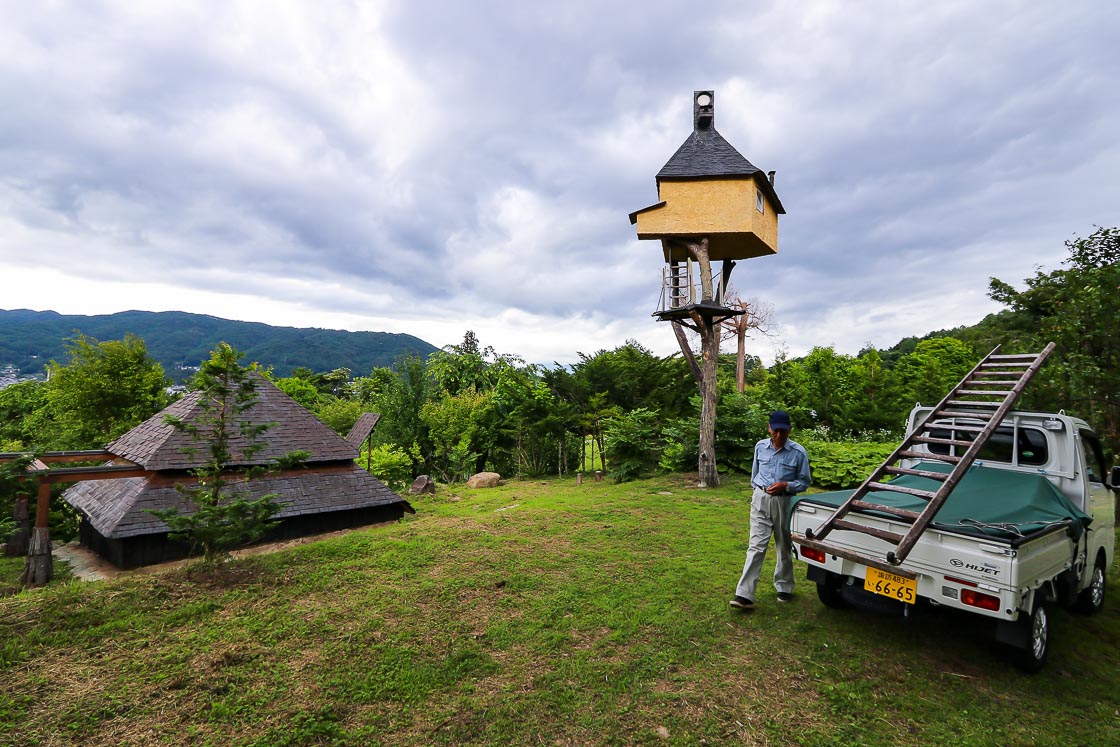
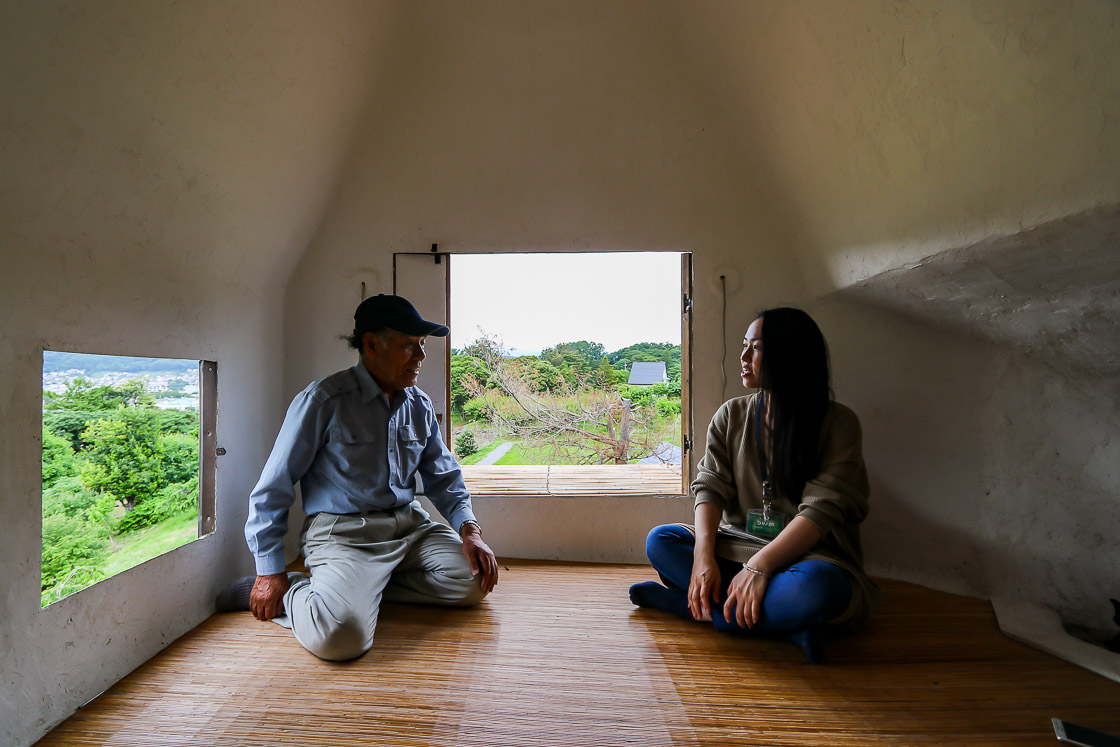

Access
Chino Station on the JR Chuo Line is the main station to access Chino City. From there, buses (one departure every 1-2 hours) provide access further in and around the mountains. Pick up and drop off services can be arranged by the Chino Tabi website depending on the selected activity.

